Melilla is one of the most unknown cities in Europe – maybe because it’s actually located in North Africa. Despite being officially claimed by Morocco, which is the only country it shares a border with, Melilla belongs to Spain. It is one of Spain’s two permanently inhabited exclaves in North Africa, both of which I decided to visit during my journey through Southern Europe this summer. Why? Because I love exploring unusual and off-the-beaten-path destinations!
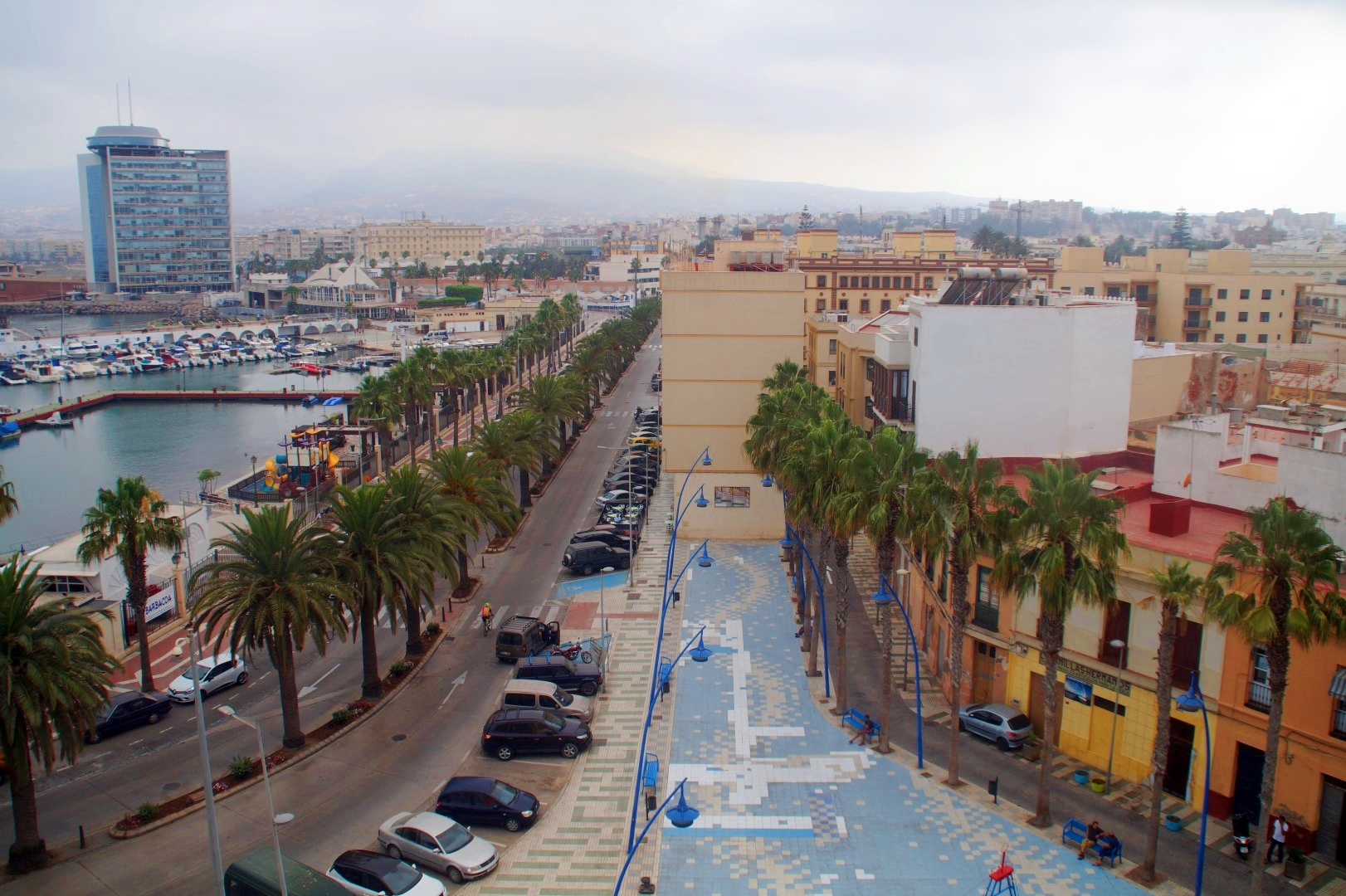
So why is Melilla Spanish even though it’s located in North Africa?
To understand this political issue, we have to travel 500 years back in time to 1497 when a fleet sent by the Duke of Medina Sidonia seized the city as part of the reconquest of Al-Andalus, the Muslim state in Iberia. The Spanish had considered continuing the conquest of Muslim lands further south, but Spain’s imperial attention was directed elsewhere following the discovery of South America.
Both Melilla and its sister city of Ceuta remained Spanish after the conquest, despite a long history of attacks and sieges. When Morocco gained independence from the French protectorate in 1956, Melilla was retained by Spain as an exclave due to its importance as a port city. Melilla gained the status of an autonomous city within Spain in 1995. However, Morocco continues to claim the territory.
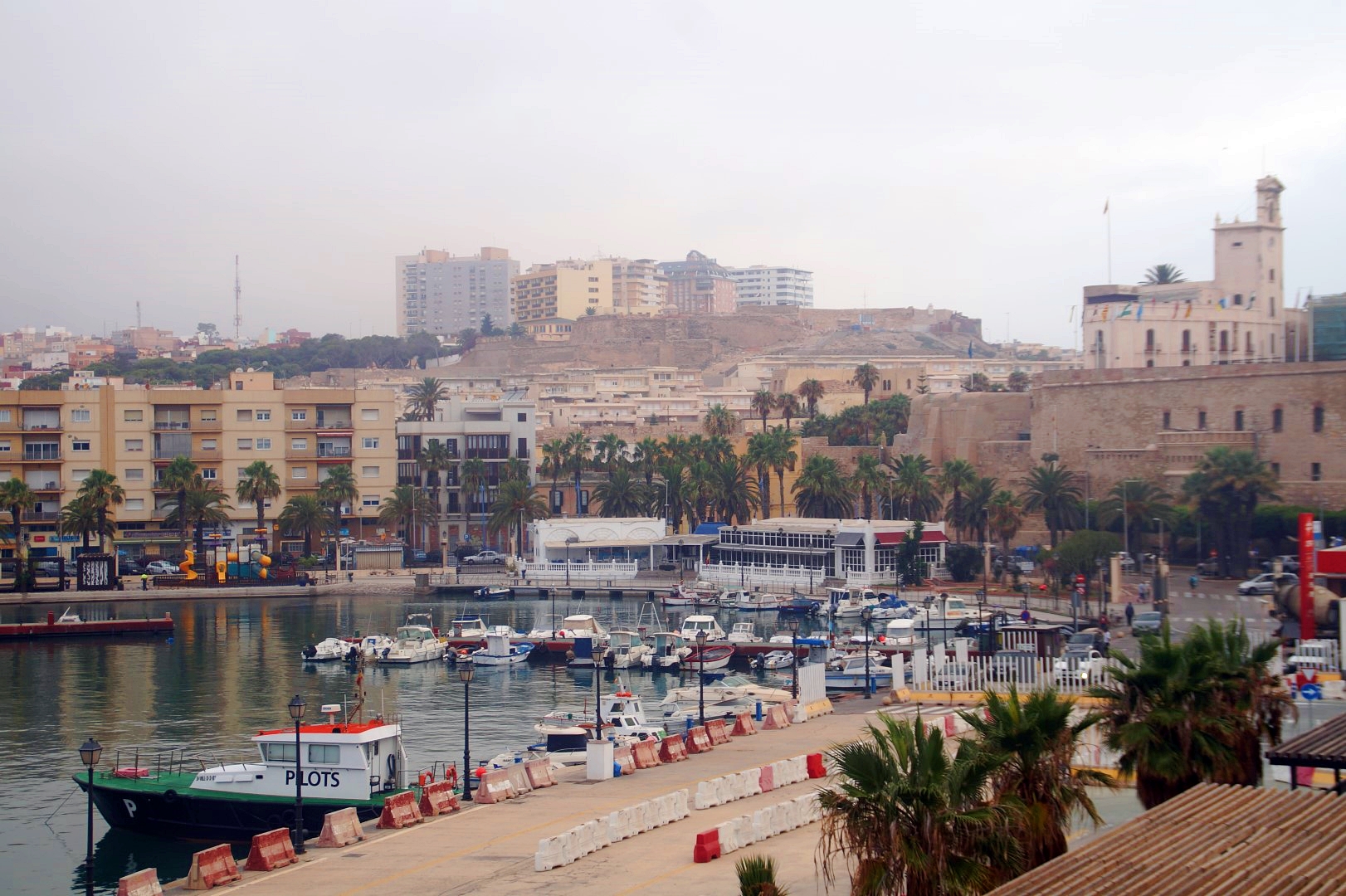
I had spent the day in Málaga, the sheer opposite of Melilla, as my ferry to Melilla departed a minute before midnight. I was about to travel to a place that rarely sees any tourists. Melilla is by far the least visited of the two exclaves as the other one, Ceuta, is just an hour away from the mainland. Melilla is seven hours away.
Due to the immigration crisis of the recent years, Melilla has a really bad reputation, which also seems to keep tourists away. The Guardian has dubbed the city ‘Europe’s Dirty Secret’, due to the rough handling of the thousands of immigrants who have attempted to smuggle themselves across the border fence. While hundreds have been successful in the attempt, many have died in clashes with both Moroccan and Spanish security forces. Unfortunately for those who did succeed in climbing over the fence, there has been little help from the city’s council as they don’t want to encourage more people to come to Melilla. Many immigrants live on the streets, in abandoned cars or in bins. And the prospect of them ever being able to leave Melilla and go to mainland Europe is almost non-existent, at least legally. So they are trapped in a city that doesn’t want them, and does next to nothing to help them.
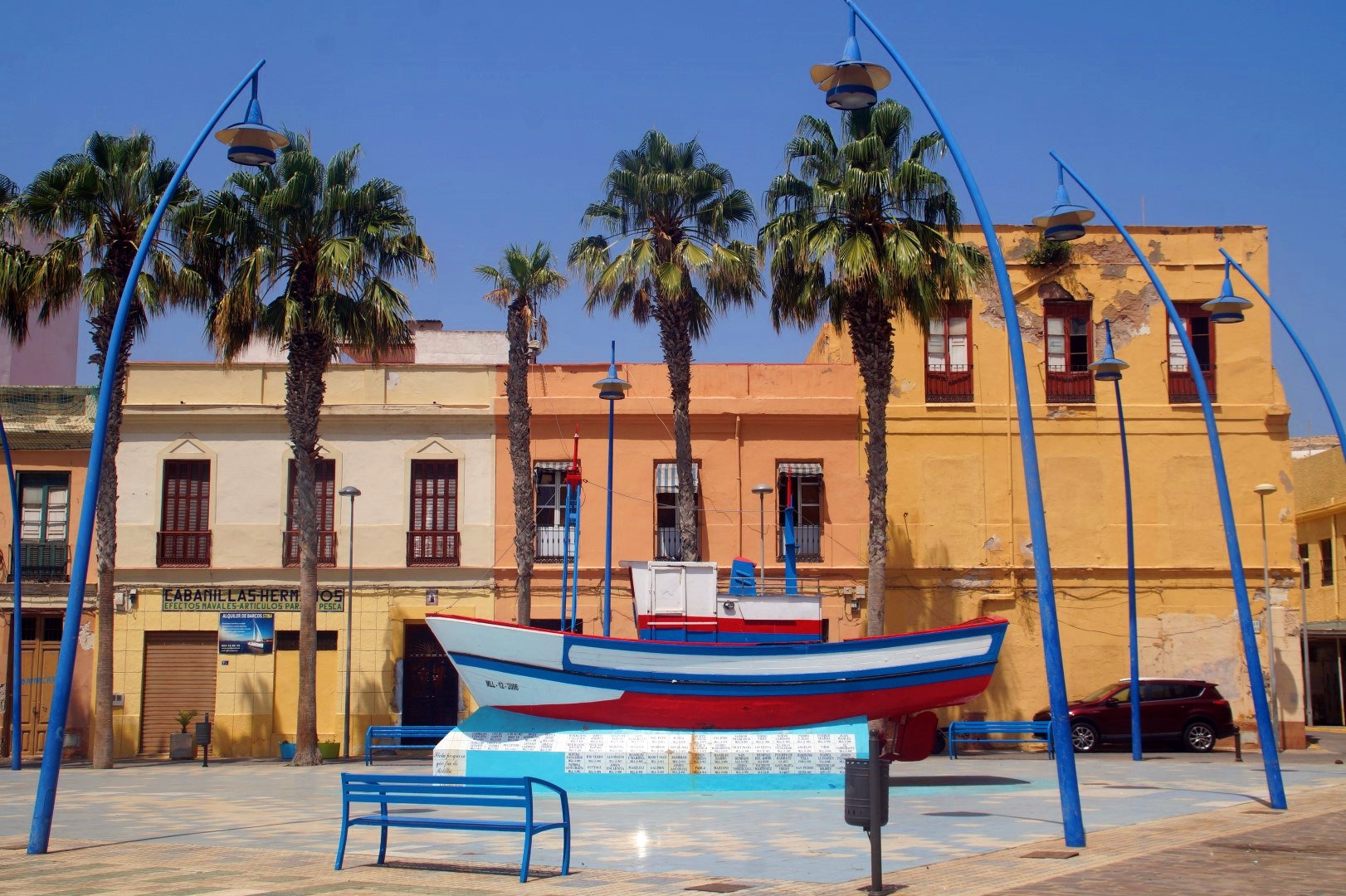
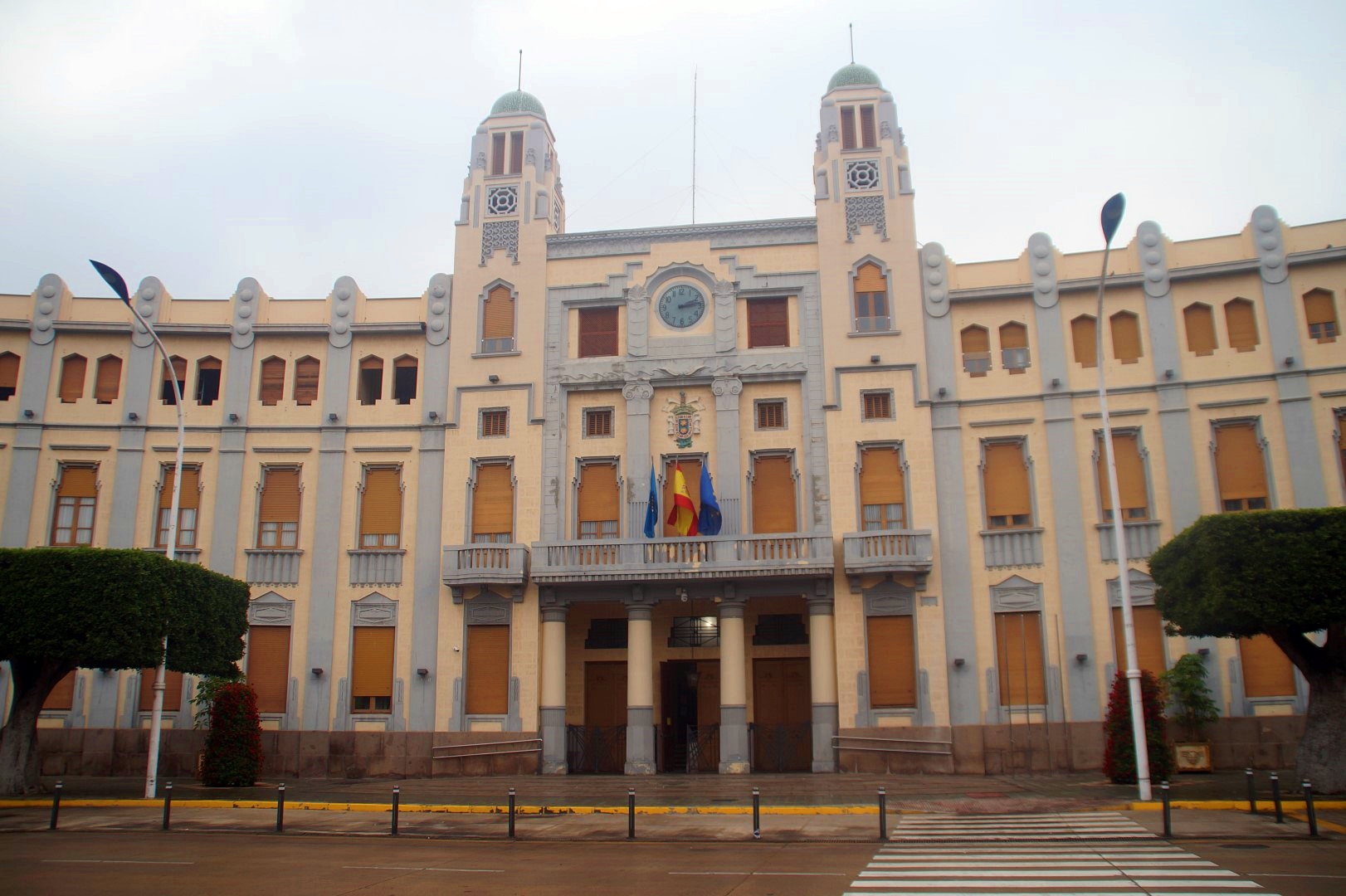
Needless to say, I was scared when I entered the ferry terminal in Málaga at 10 PM, ready to board the ferry that would depart two hours later. I was clearly the only tourist there. Everyone else had suitcases and looked like they were either on their way home or going to visit someone. I, on the other hand, was going alone to see and experience one of Europe’s notorious frontiers.
Before even boarding the ferry, a man had whispered “you have a sexy smile” to me, and another man had stared at me intensely, making me feel very vulnerable and afraid. My insecurity about my decision to go to Melilla was so bad that I considered just knocking it on the head and staying put in mainland Spain. But my curious and adventurous soul knew that I had to at least try. And so the journey began, across the Mediterranean to Europe’s last frontier.
It was a strange feeling, sailing over the same ocean that hundreds of immigrants attempt to cross every day, sometimes succeeding, sometimes drowning. Here I was, sailing across without having to worry about losing my life. I don’t think I’ve ever felt the privilege I was born into as much as I did at that very moment. Some might question why I was even going to a place like Melilla in the first place, but I travel to learn, and there’s no better way of understanding the world than seeing it for yourself.

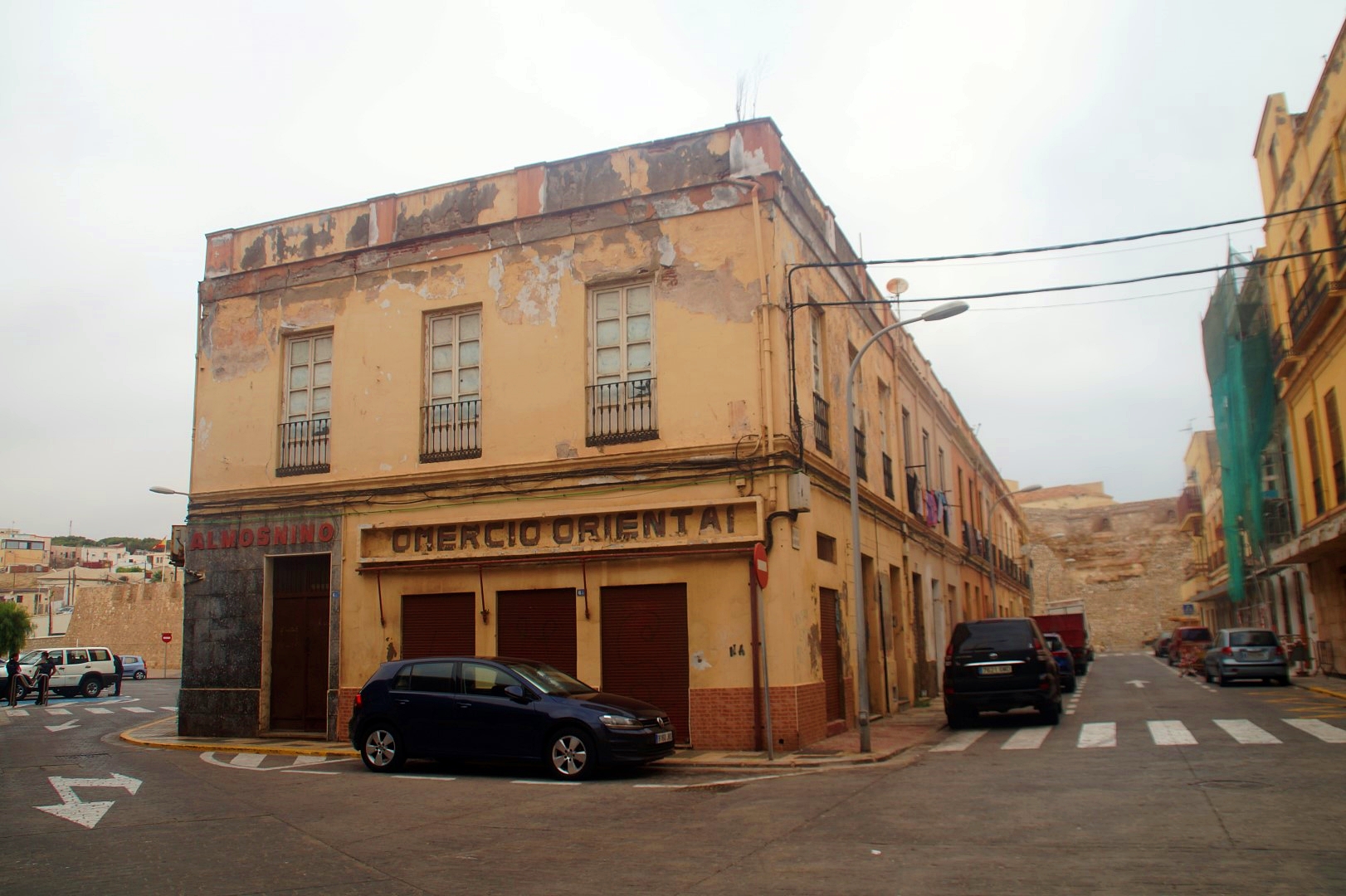
I arrived in Melilla at about 7 AM after a few hours of sleep, and I immediately liked what I saw. Full of well-preserved Art Nouveau buildings, the city is a feast for the eyes. I felt much better now that I’d arrived and could see for myself that Melilla is not a dangerous place, at least not for me as a tourist.
The city has a population of 85.000 people, made up of Riffian Berbers, Iberian Catholics and a small number of Sephardic Jews and Sindhi Hindus. Spanish is the official language, although Riffian-Berber is also widely spoken.
Apart from the two men I met on the ferry, everyone was extremely friendly to me – and curious as to why I had chosen to travel to their unknown city.
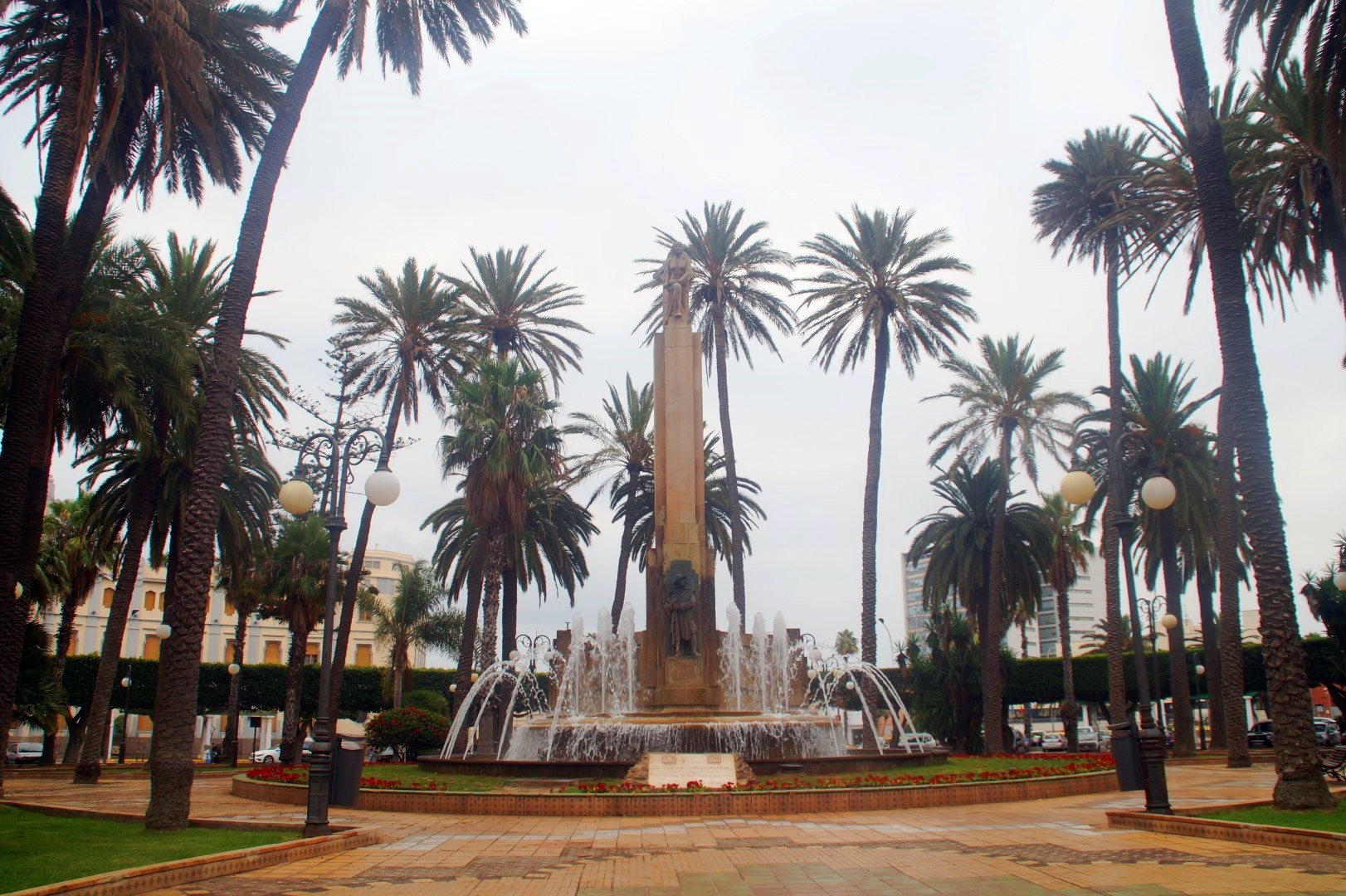
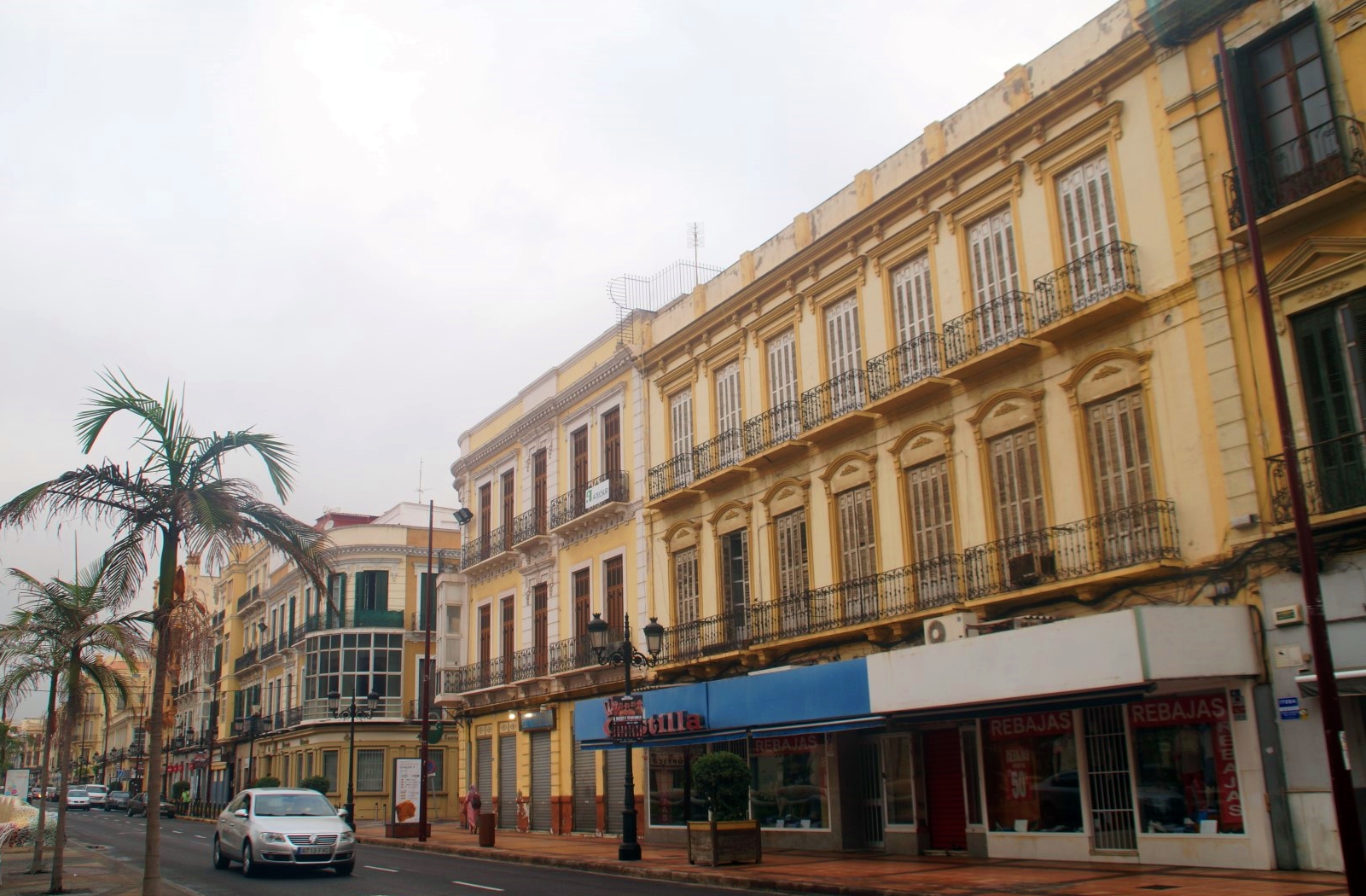
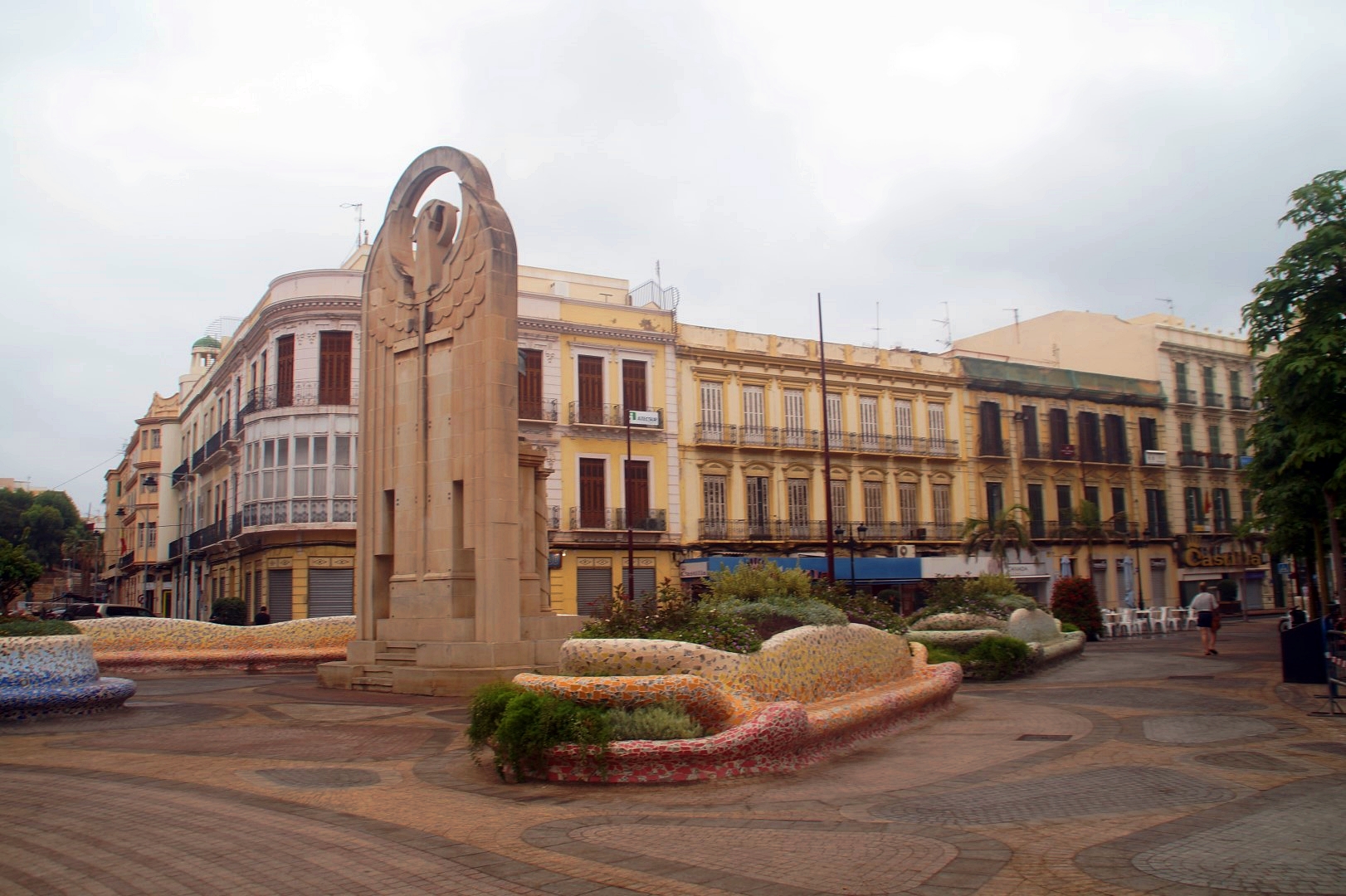
I wandered about for a while before going to my hotel to figure out my life. I was quite burned out from travelling, even though I’d only been on the road for a week. The thing is, Melilla was my sixth stop of the week and I still had three more weeks left of intense travel. My plan had actually been to cross the border into Morocco the day after arriving in Melilla, and then spend five days in Morocco before entering Ceuta. But the prospect of this travel plan was exhausting. There is so much that I want to see in Morocco, and I just didn’t feel like I had enough time for it all. And I actually also wanted to spend more time in Melilla, as surprising as that was to me. So I decided to save Morocco for another time and spend an extra day in Melilla – and in hindsight, I couldn’t have made a better decision!
By the time I’d figured out my new travel plans, it was afternoon and I had just a few hours left of daylight to explore. It was time to get out into the colourful streets to see what Melilla was all about.
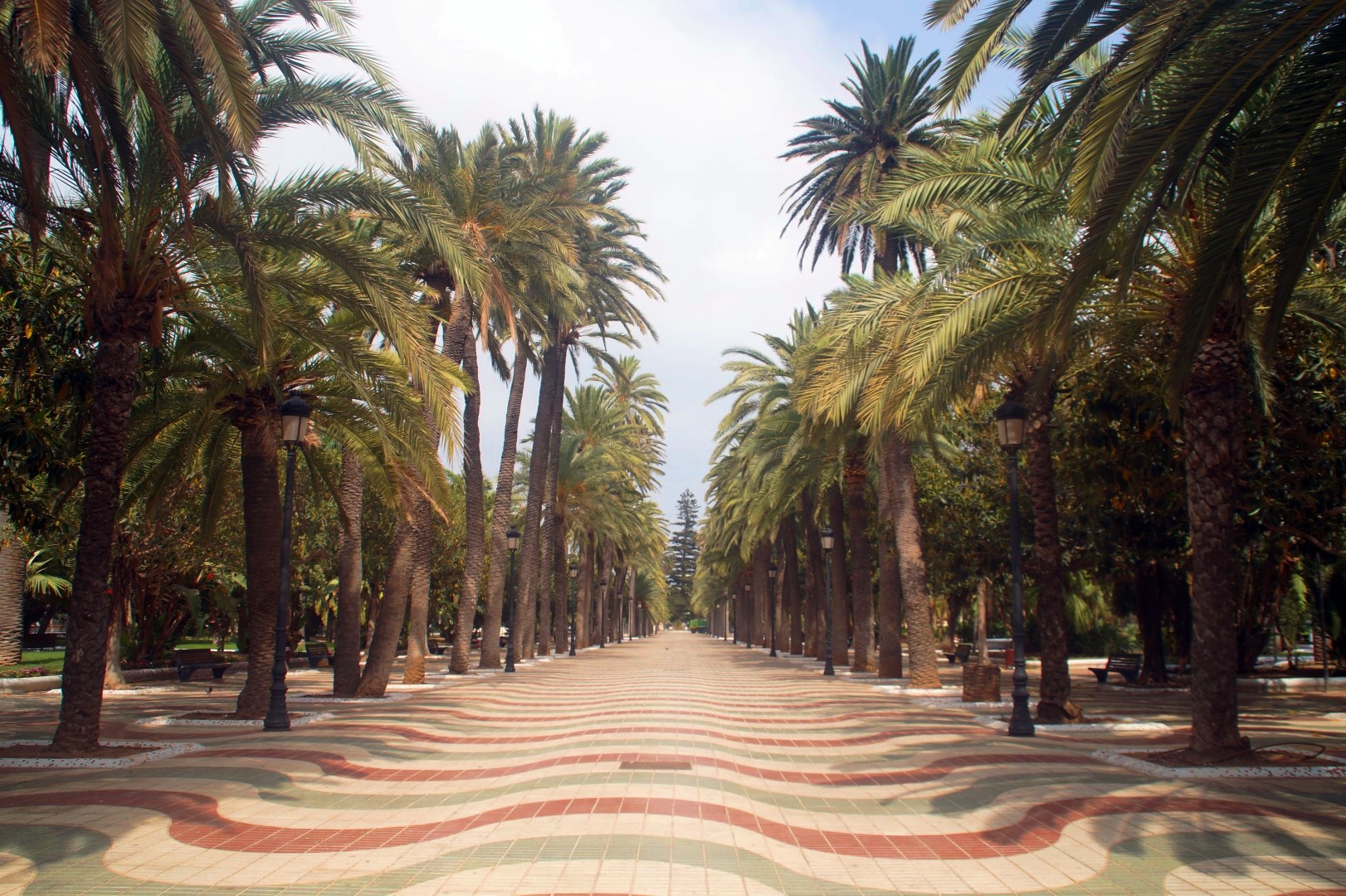
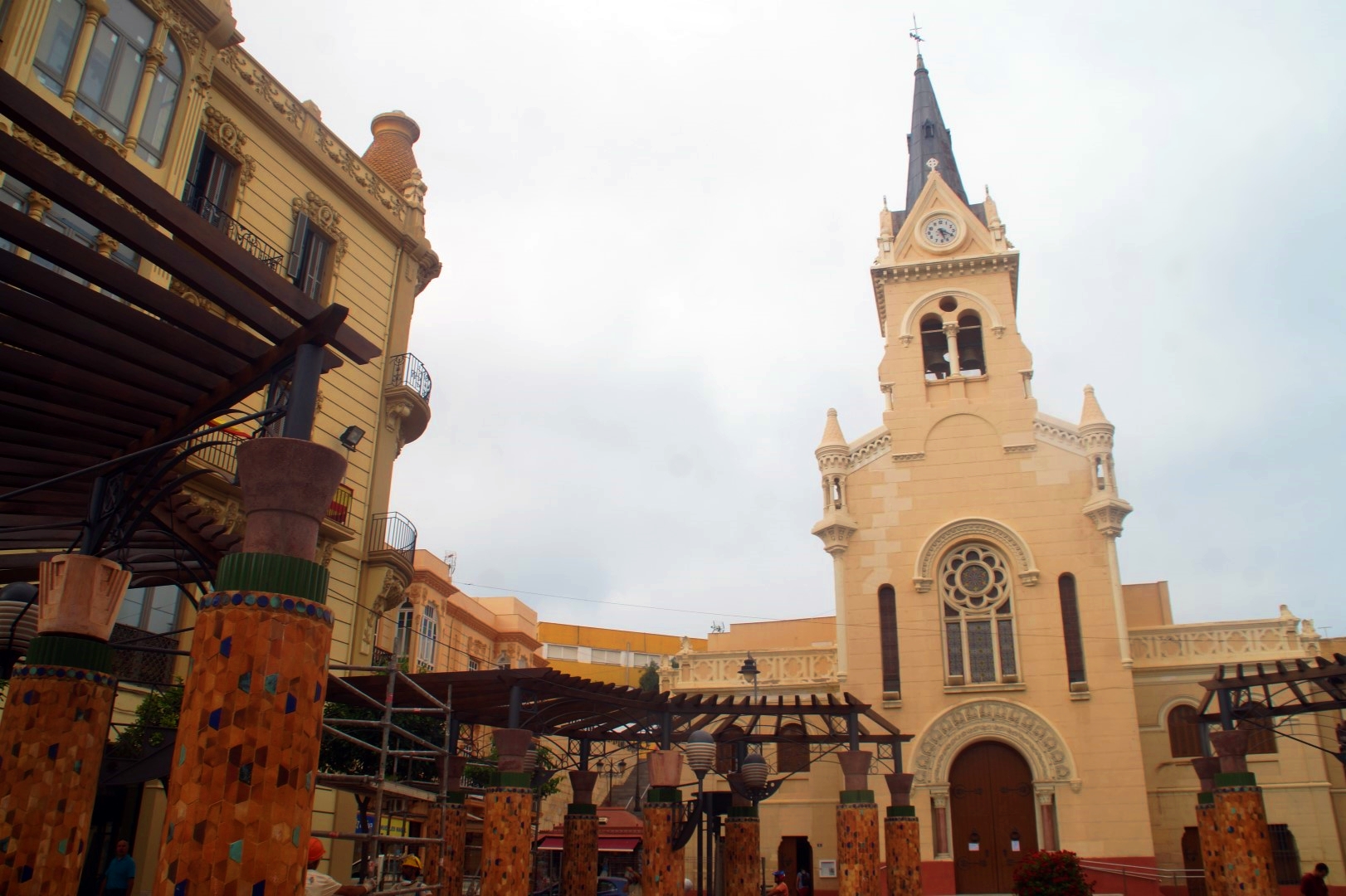
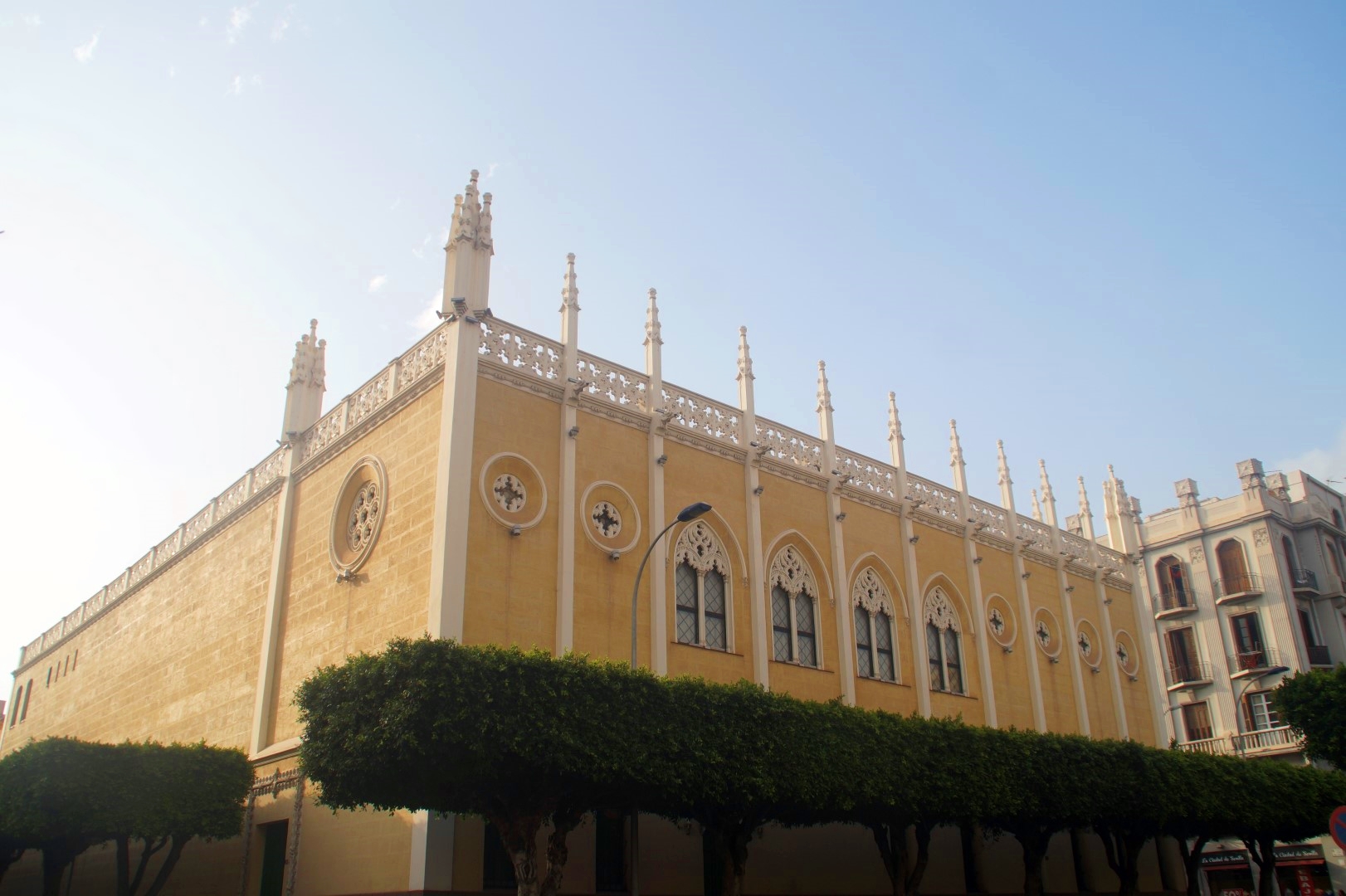
There aren’t many must-sees in Melilla, so for me, it was more about experiencing the city rather than ticking off a number of sights. But one place that I didn’t want to miss was Melilla la Vieja, the old town, which is a large fortress standing north of the city’s port. The fortress was built during the 16th and 17th centuries, but has been restored in recent years, and is in beautiful condition and something Melilla can be very proud of.
The fortress contains most of the city’s important historical sites, such as the Church of la Purisma Conception, caves and tunnels from Phoenician times, an interesting archaeological museum and a military museum.
The first place I visited in Melilla de Vieja was the bastion of Baluarte de San Pedro Bajo, where I had a wonderful view of the beautiful laguna beach, Ensenada de los Galápagos, located directly beneath the fortress. The beach looked like a local favourite; many people were out enjoying the hot weather. I stayed up there for quite a while as I truly enjoyed the solitude. It felt wonderful to finally be free of other tourists after travelling through Italy, San Marino, Monaco, France and Spain with hoards of tourists. Melilla sure was a welcome break!
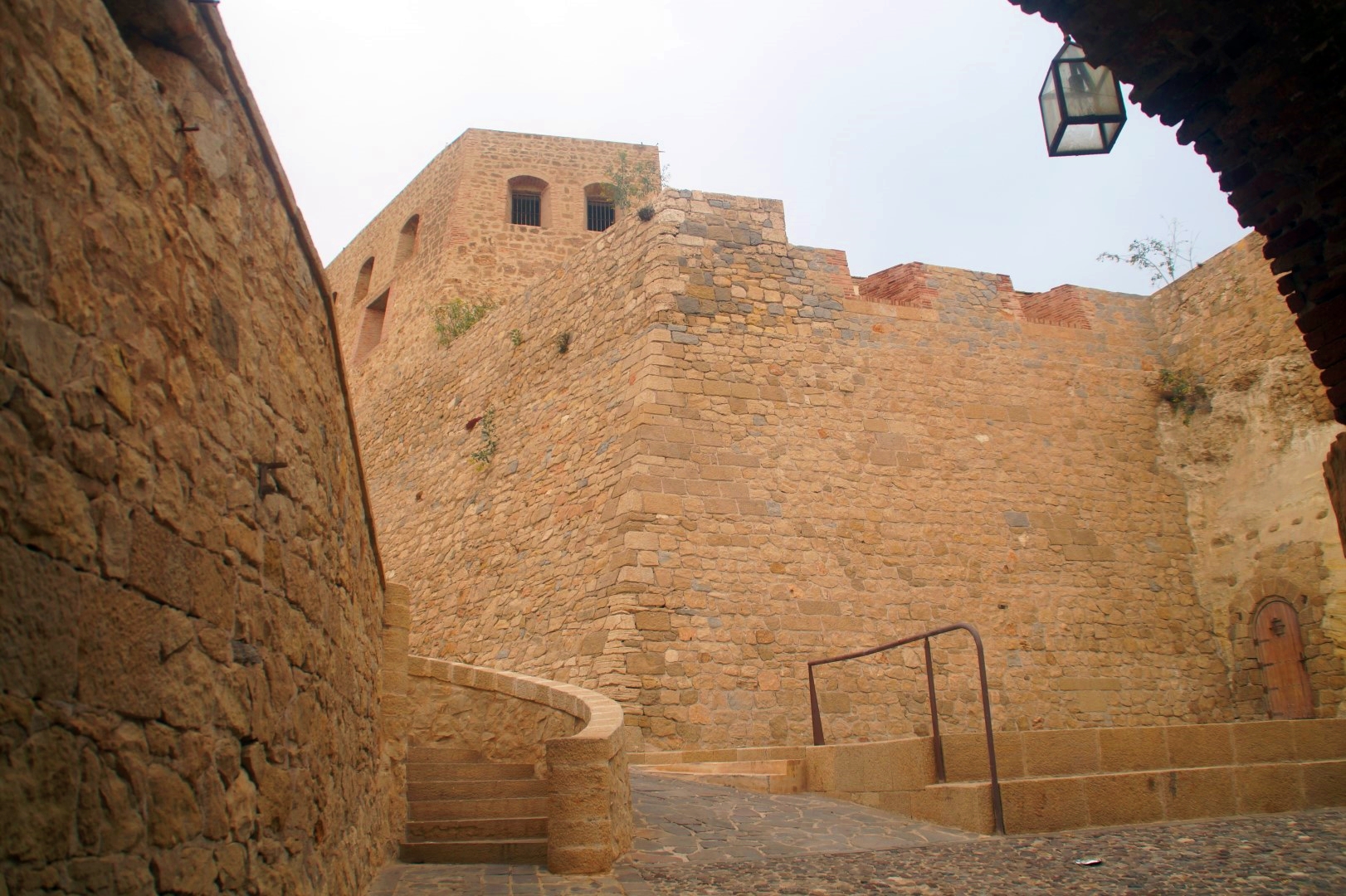
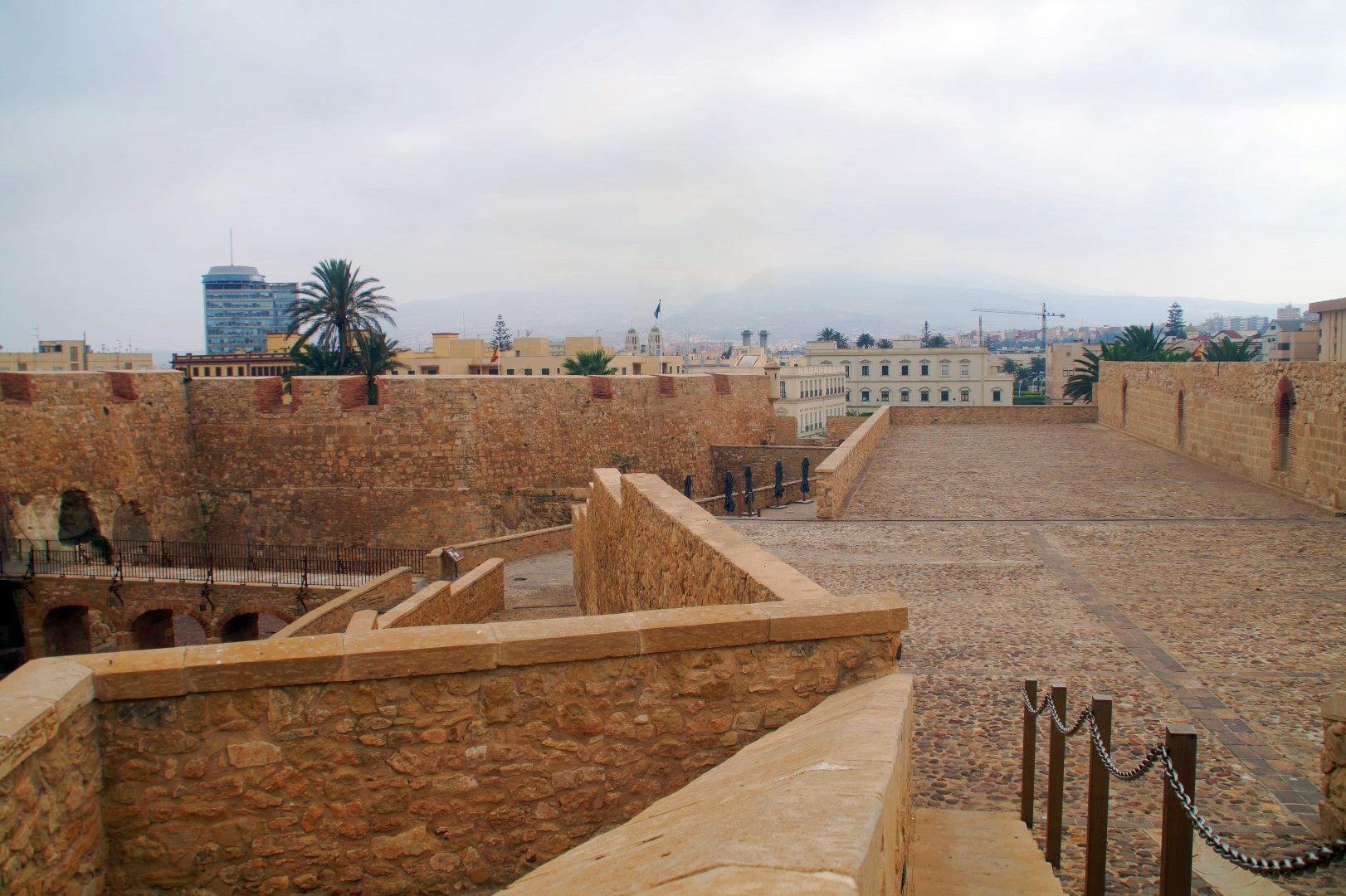
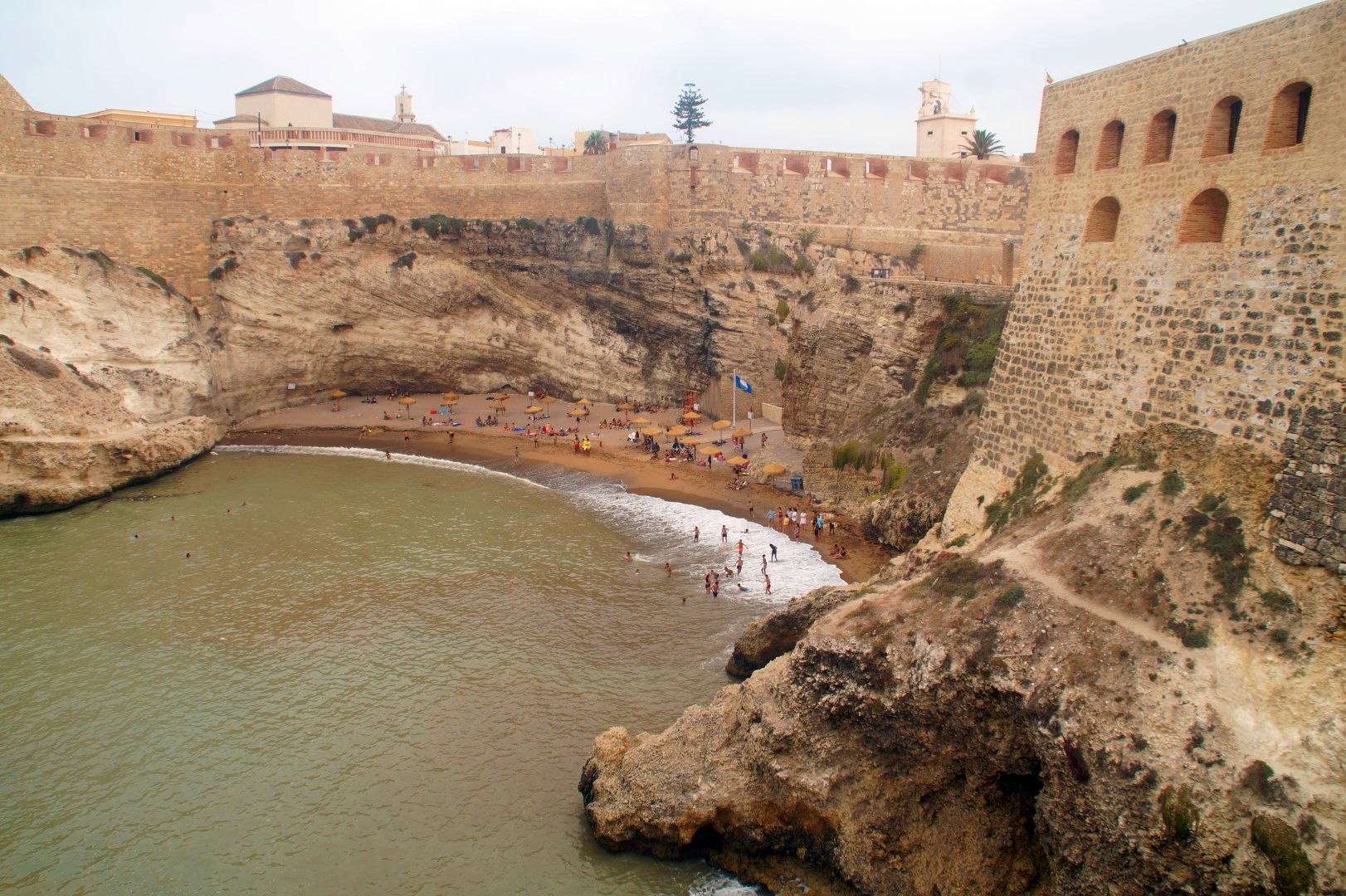

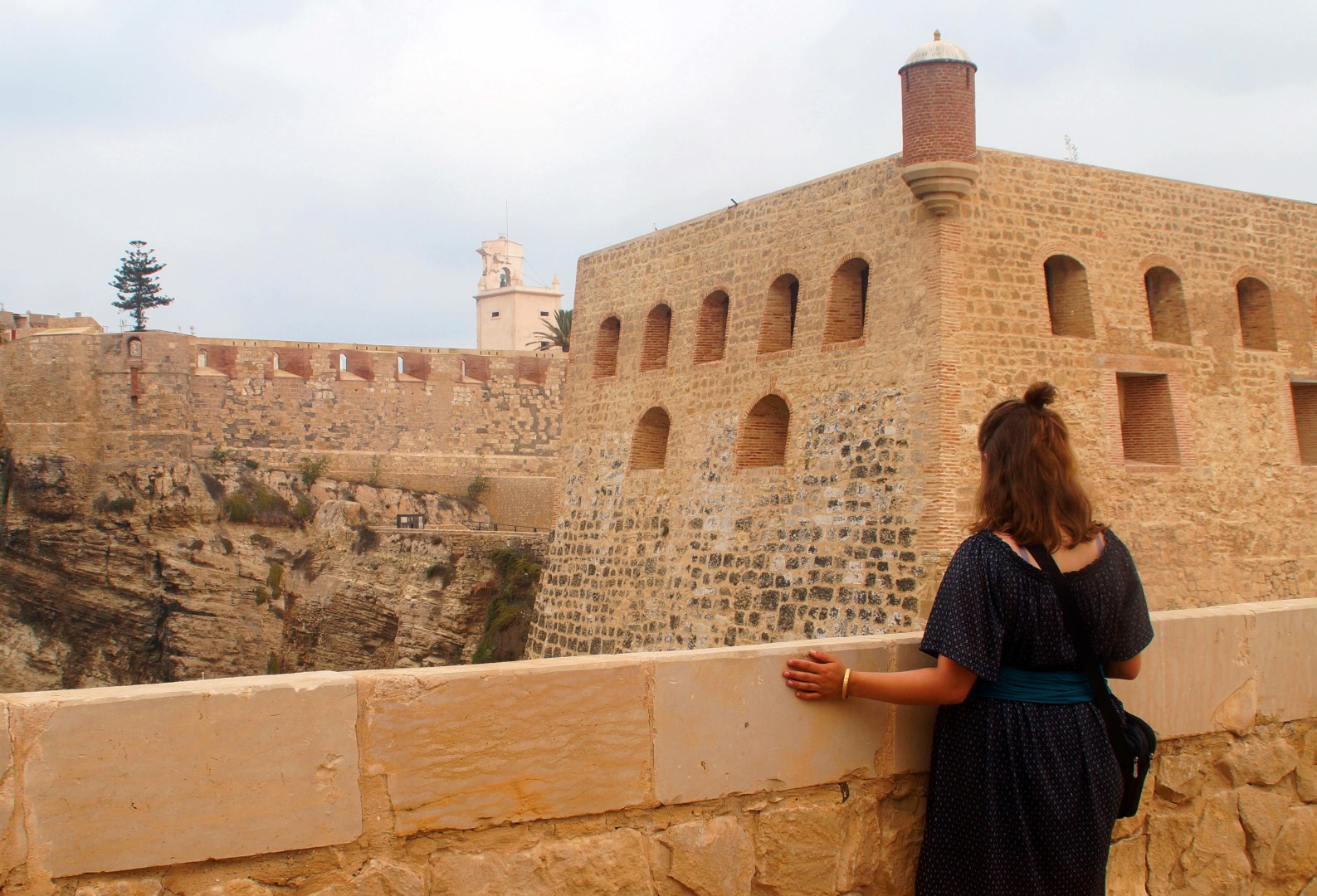
From the bastion, I walked through a tunnel to a military museum, where I met a bunch of lovely ladies who I think worked with tourism. They first guided me into a room in a cave, where they put on an English movie about the fortress, before showing me all the spots where the street cats love to hide (and get fed!). I could feel that their love for cats was just as big as mine!
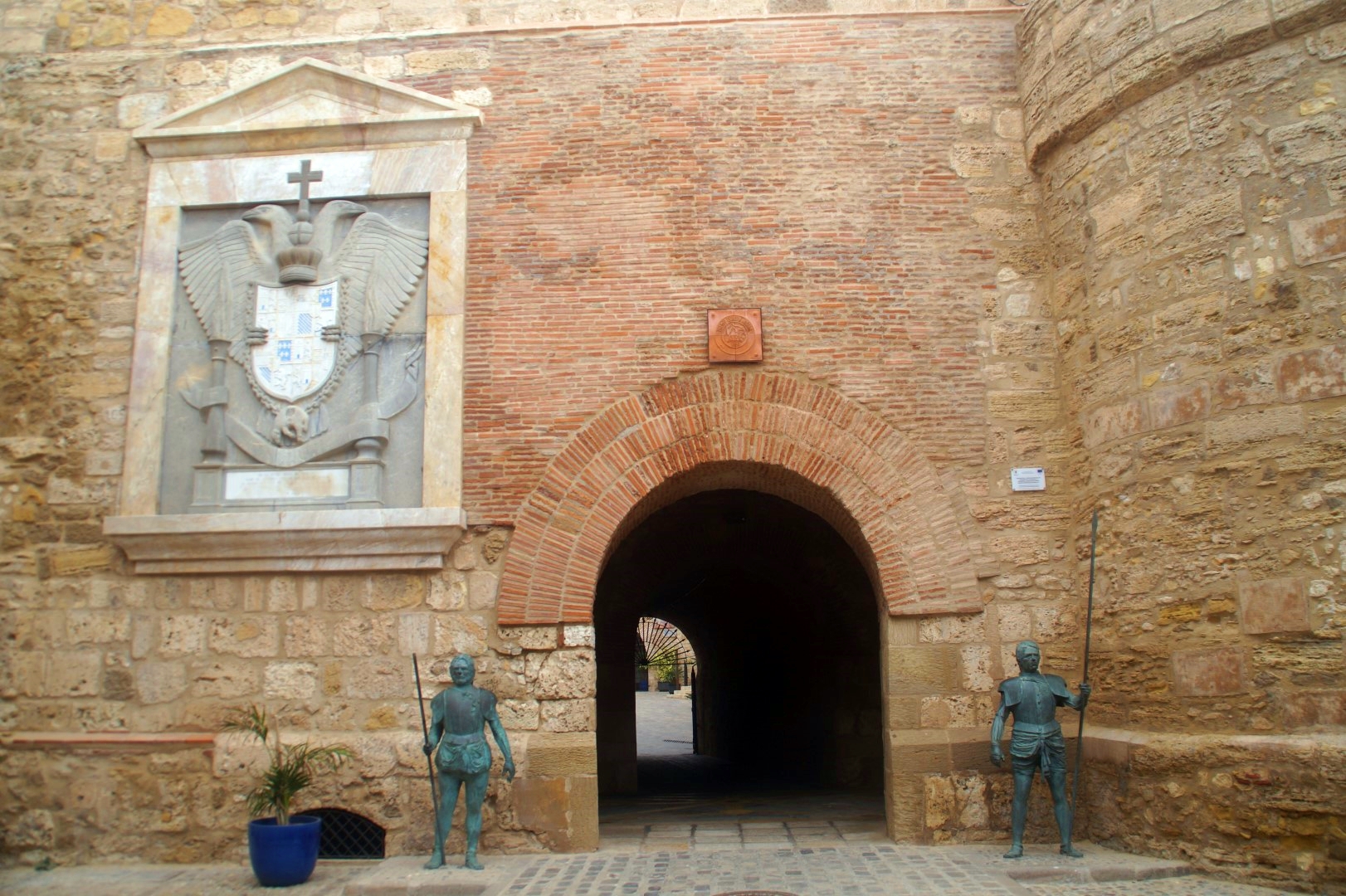
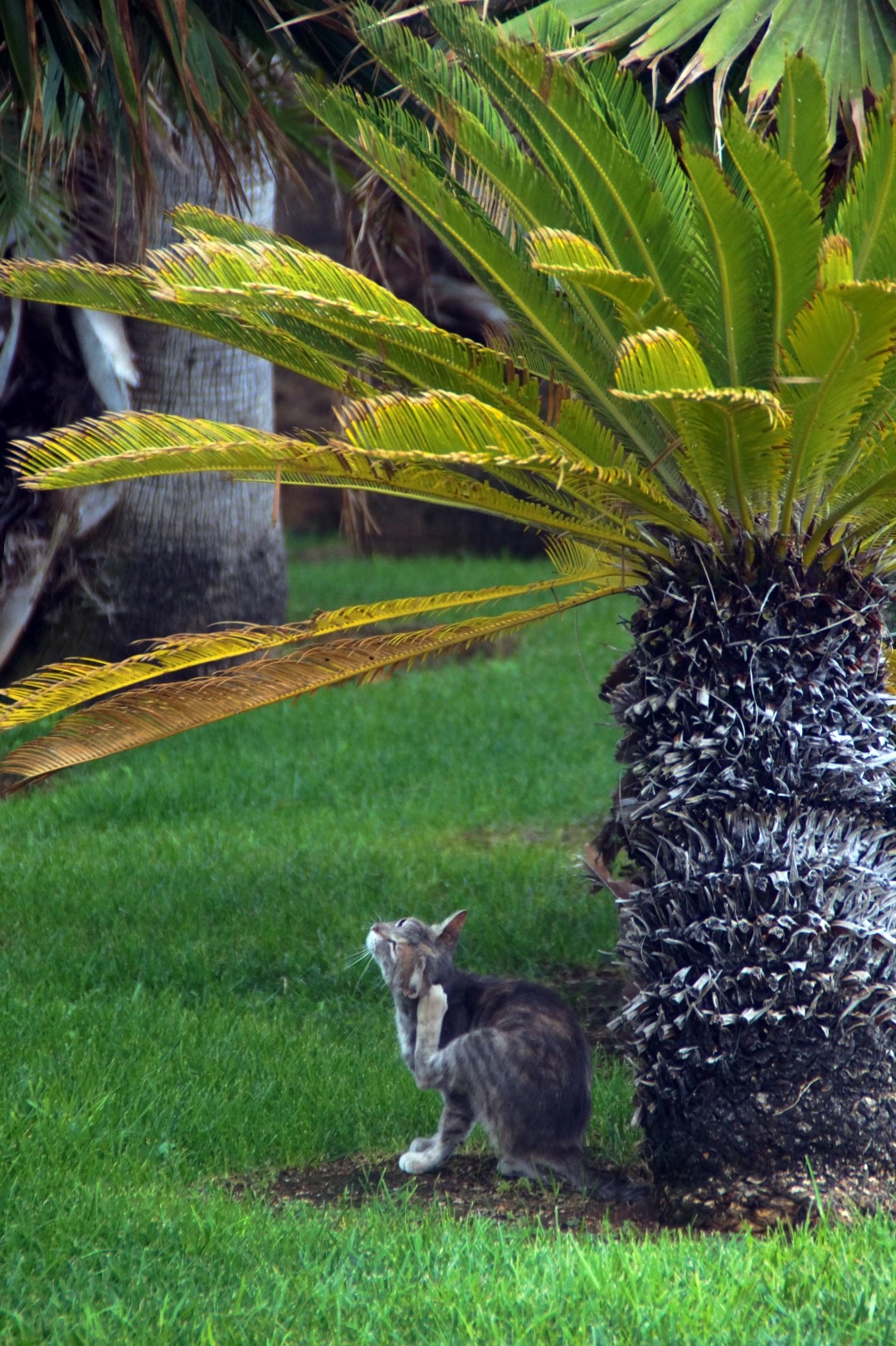
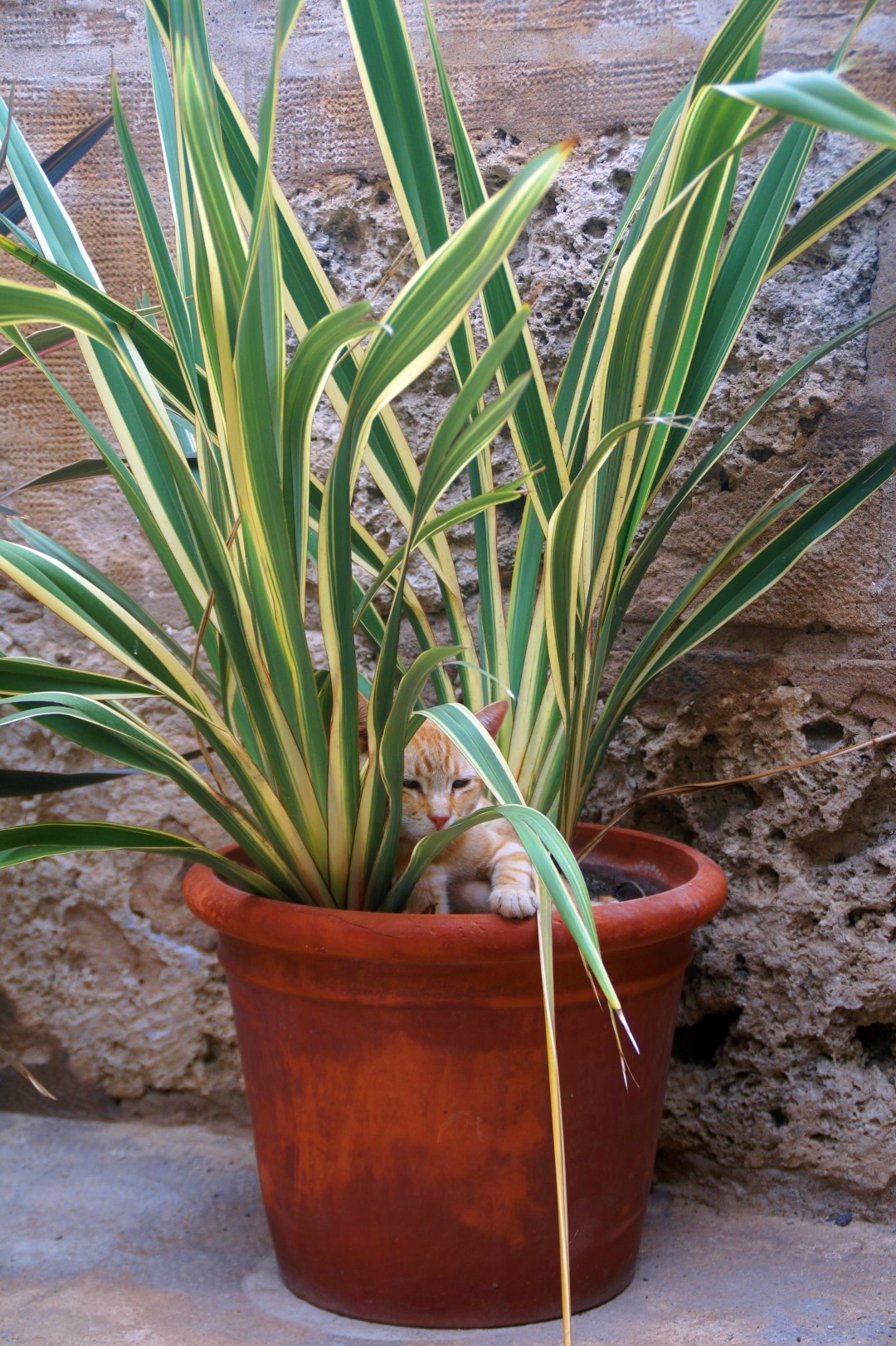
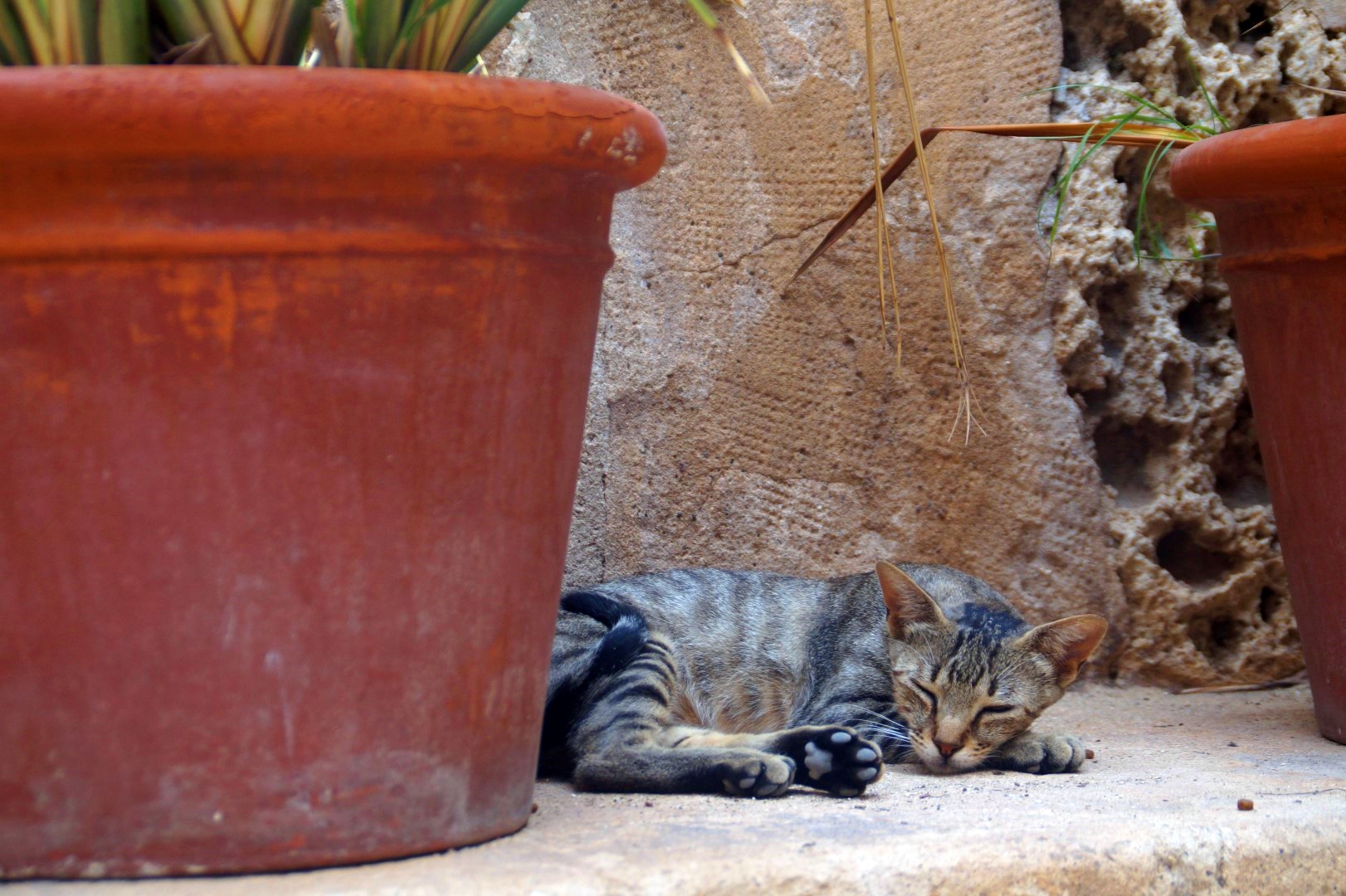
After several cat-cuddling attempts, I wandered off further into Melilla de Vieja, to its very heart, where I found a beautiful view over the city with the mountains of Morocco in the backdrop. It suddenly felt really strange not going there when I was so close, but then again, exploring Melilla made me feel like I was getting an introduction to Morocco. I haven’t been to Morocco, but Melilla certainly didn’t feel very Spanish to me, maybe more of a mix of Spain and what I assume Morocco will be like, which I guess is to be expected considering its geographical location.
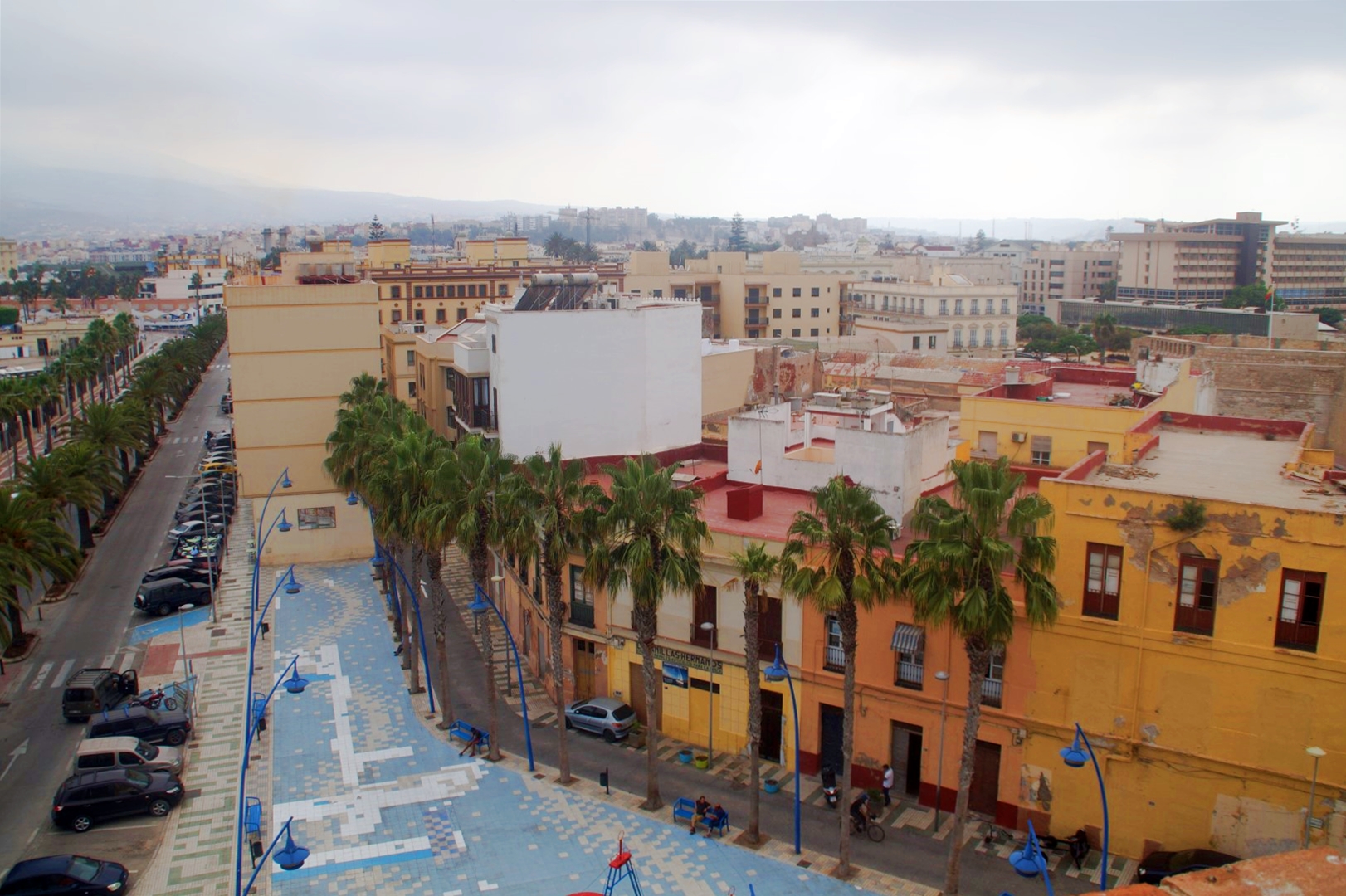
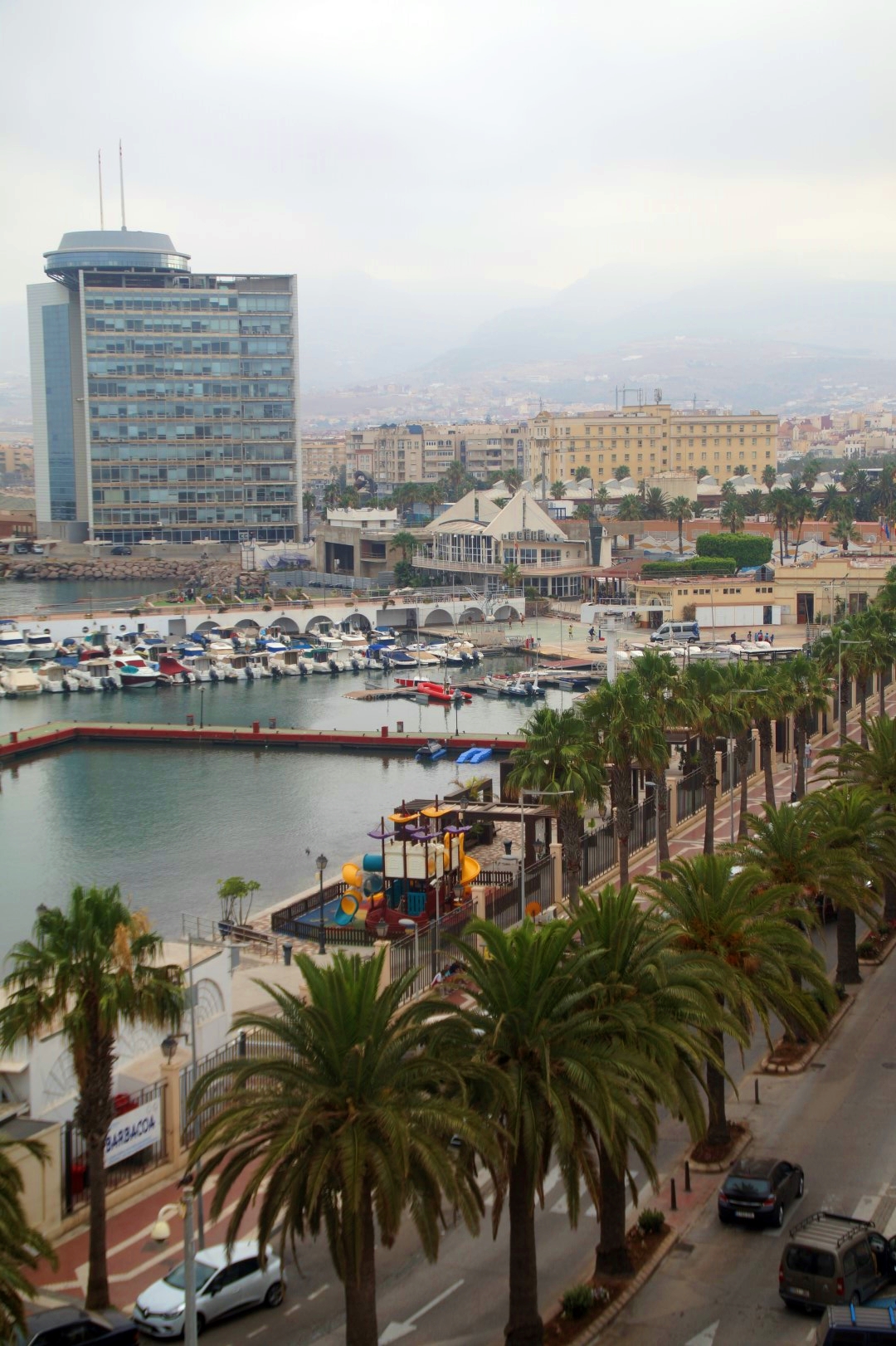
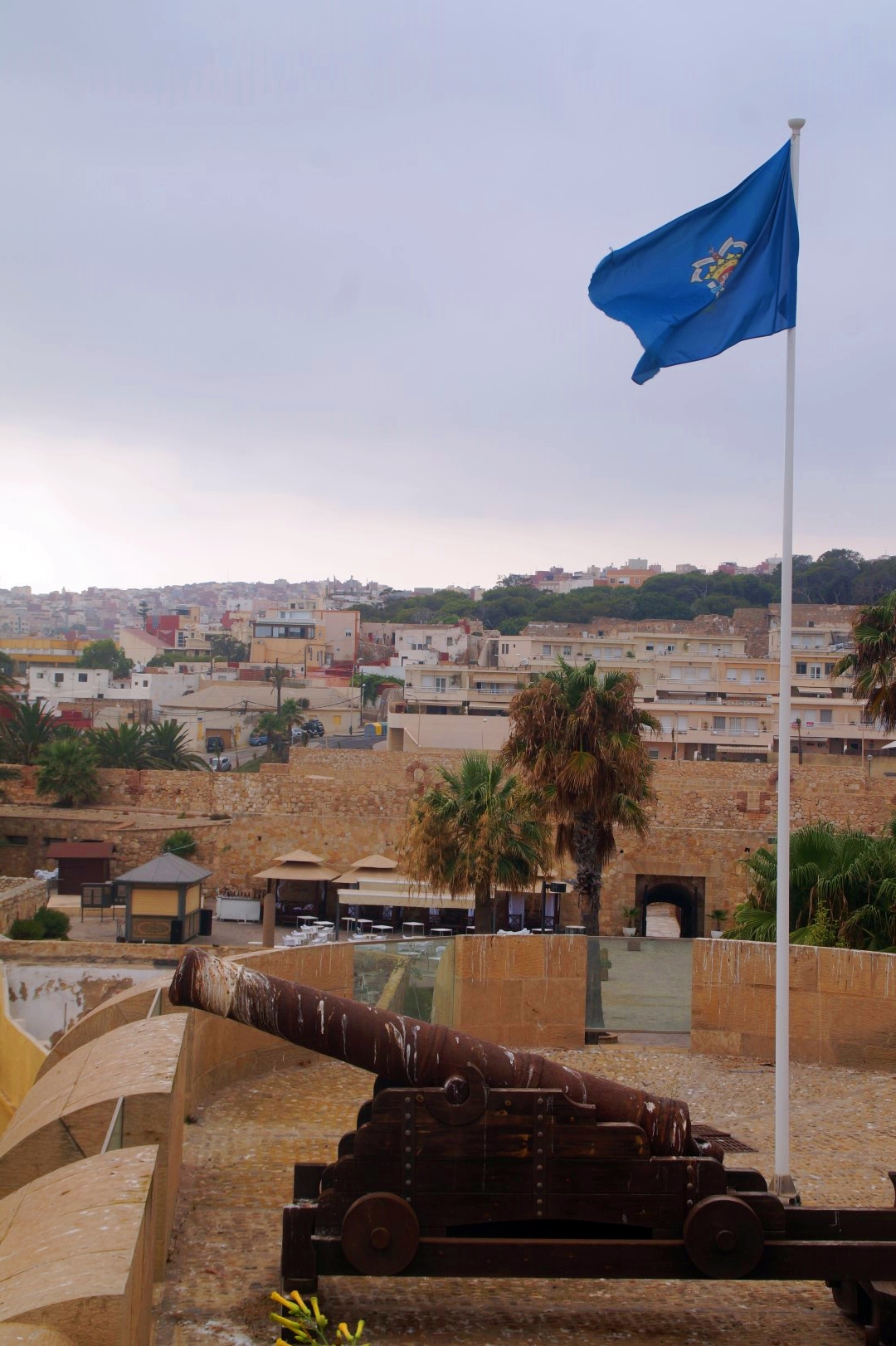
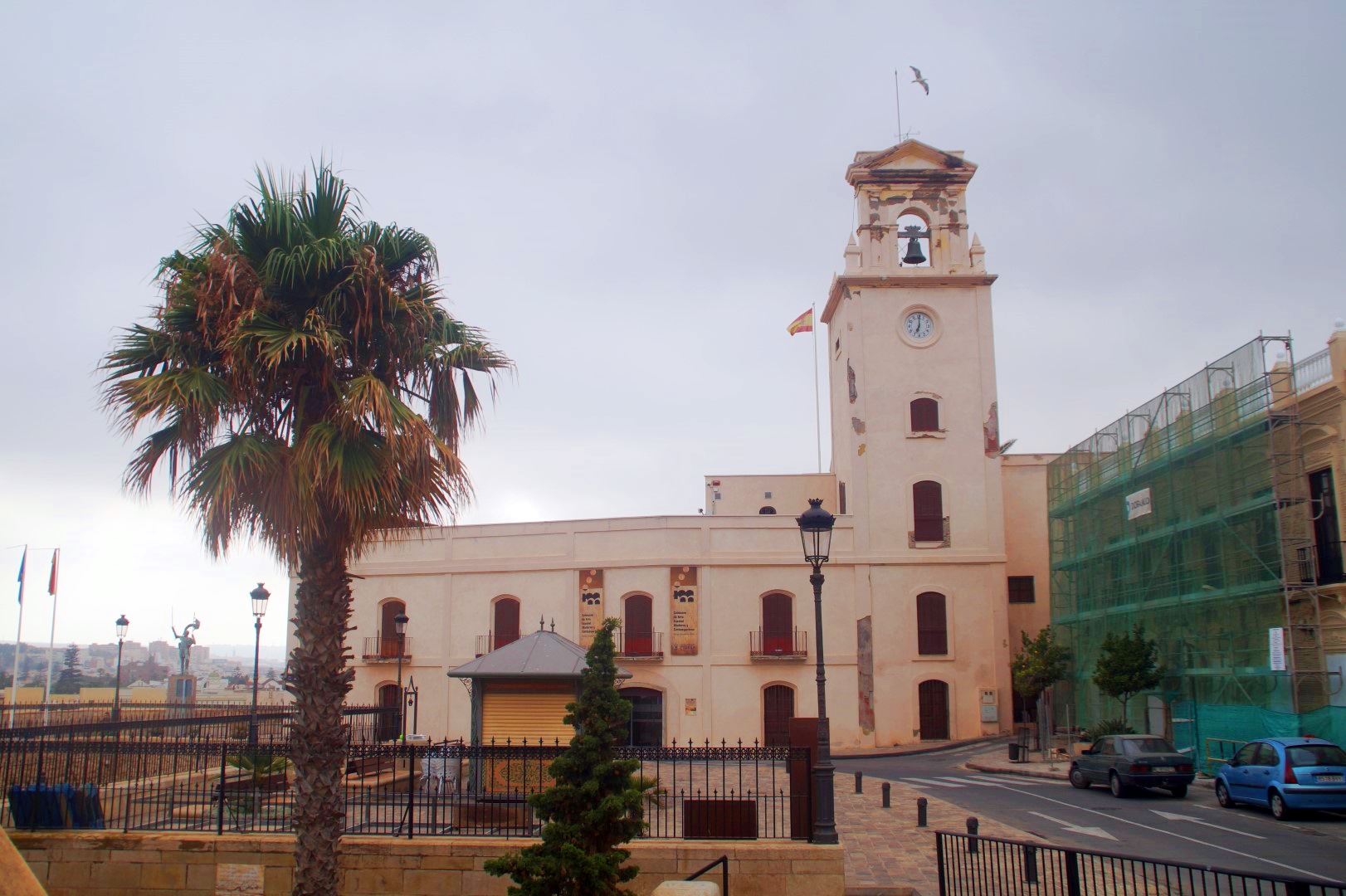
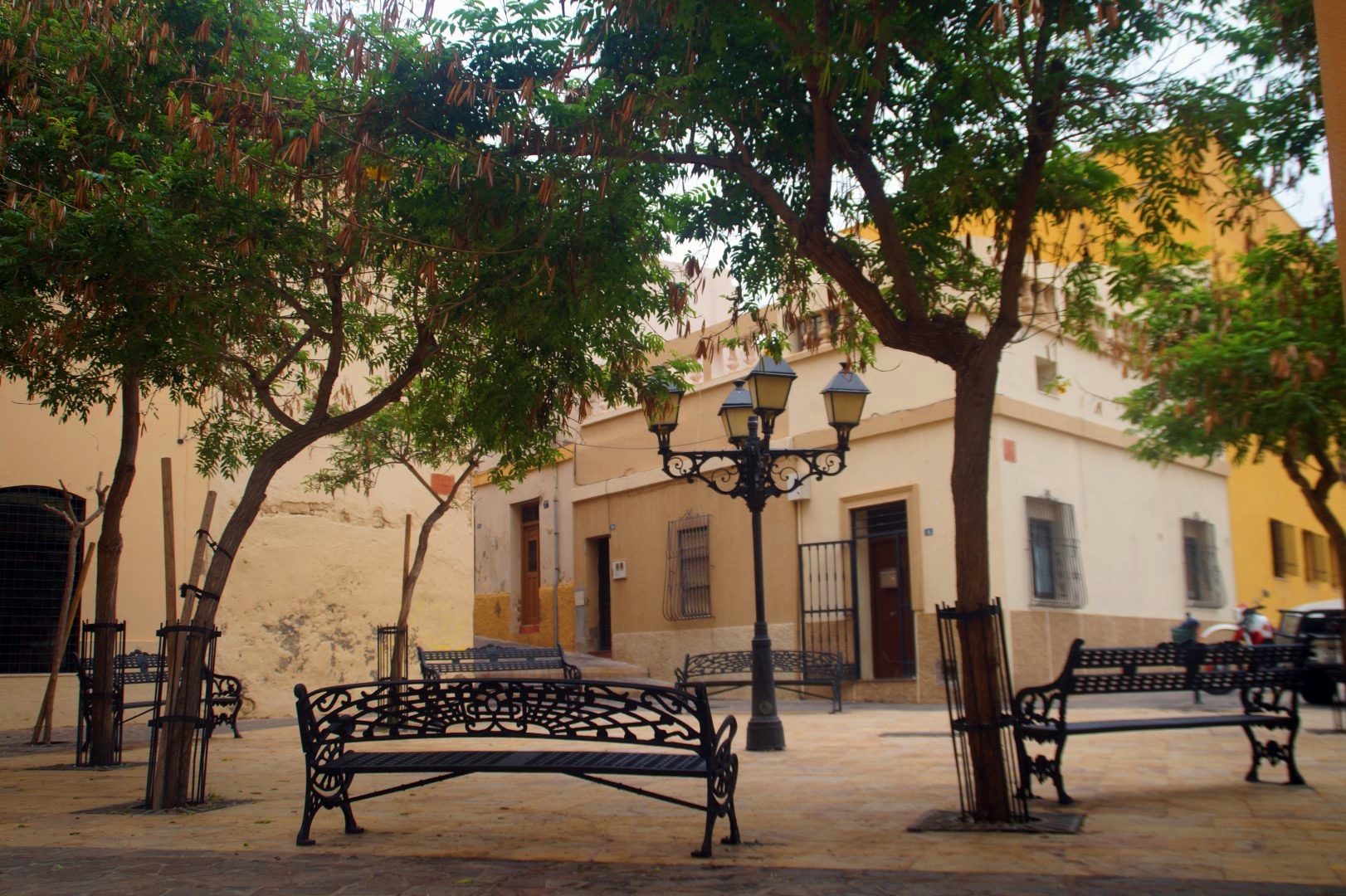
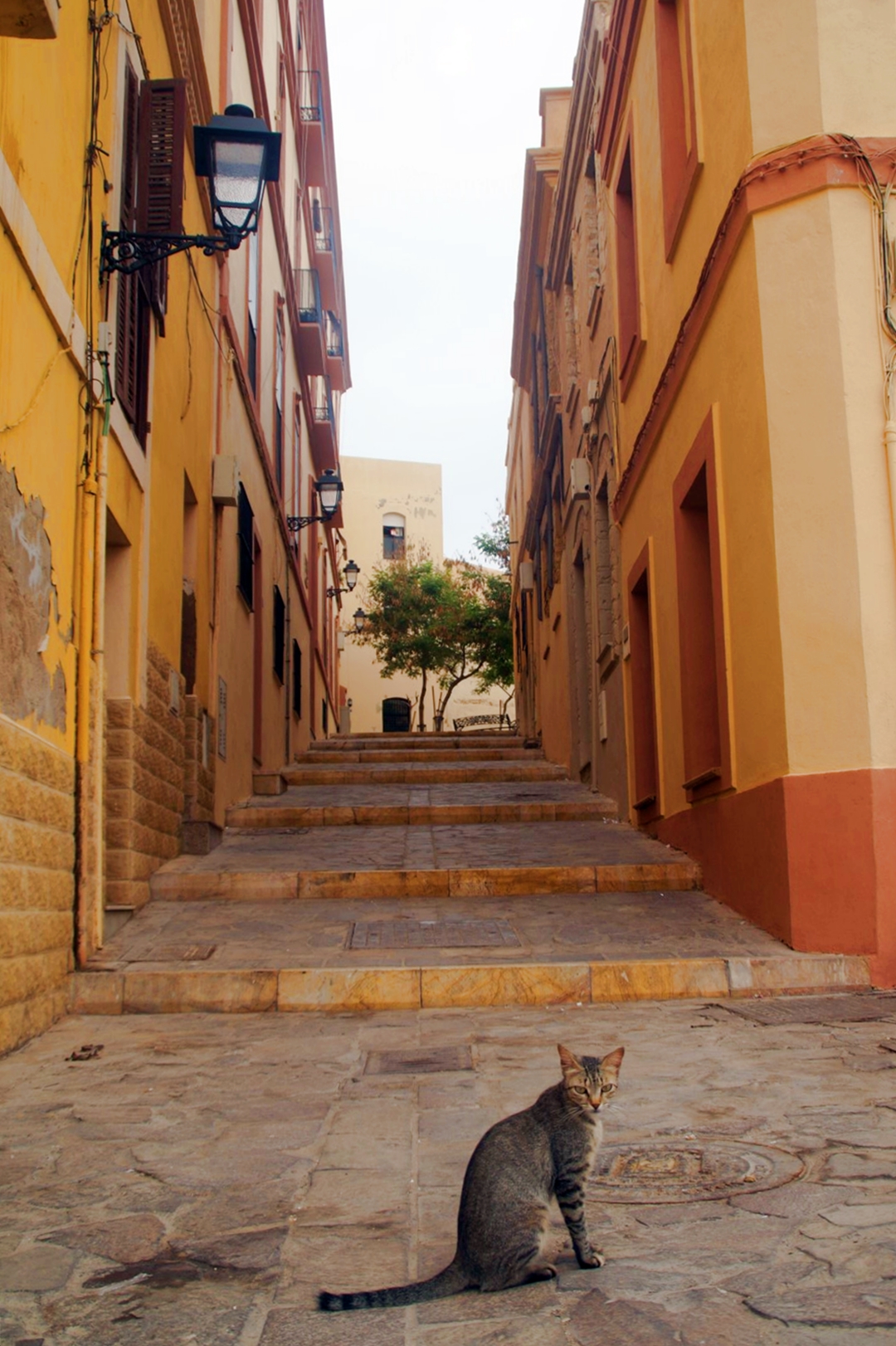
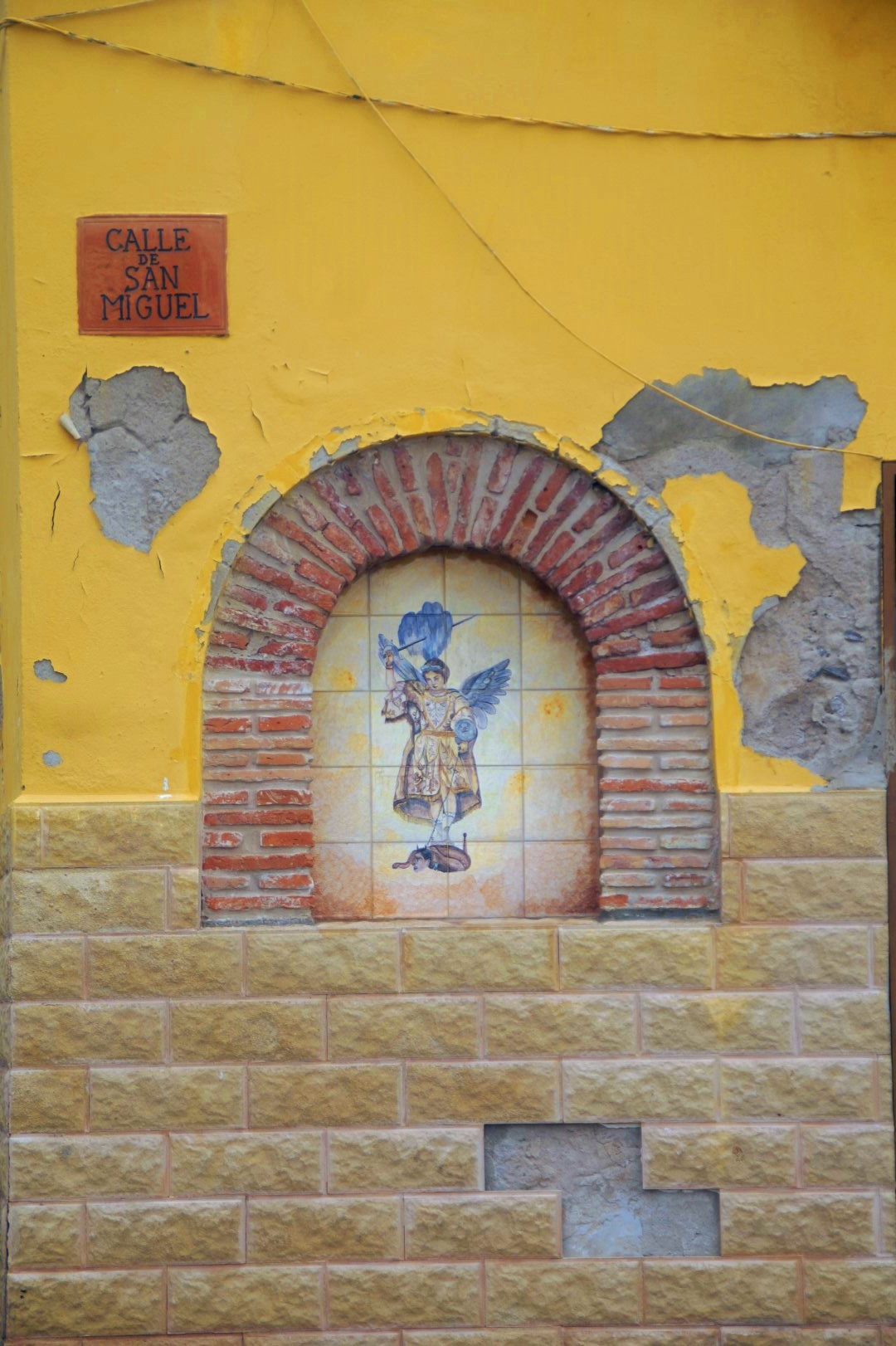
After exploring the quaint streets of Melilla de Vieja for a while, I took a small detour to the city’s lighthouse, Faro de Melilla, located beautifully on the edge of rocky cliffs. This modern lighthouse was built in 1918 as one of Spain’s four lighthouses on Morocco’s coast.
This was my favourite place in Melilla due to the hundreds of seabirds and the wonderful views over the Mediterranean Sea and Melilla’s coastline.
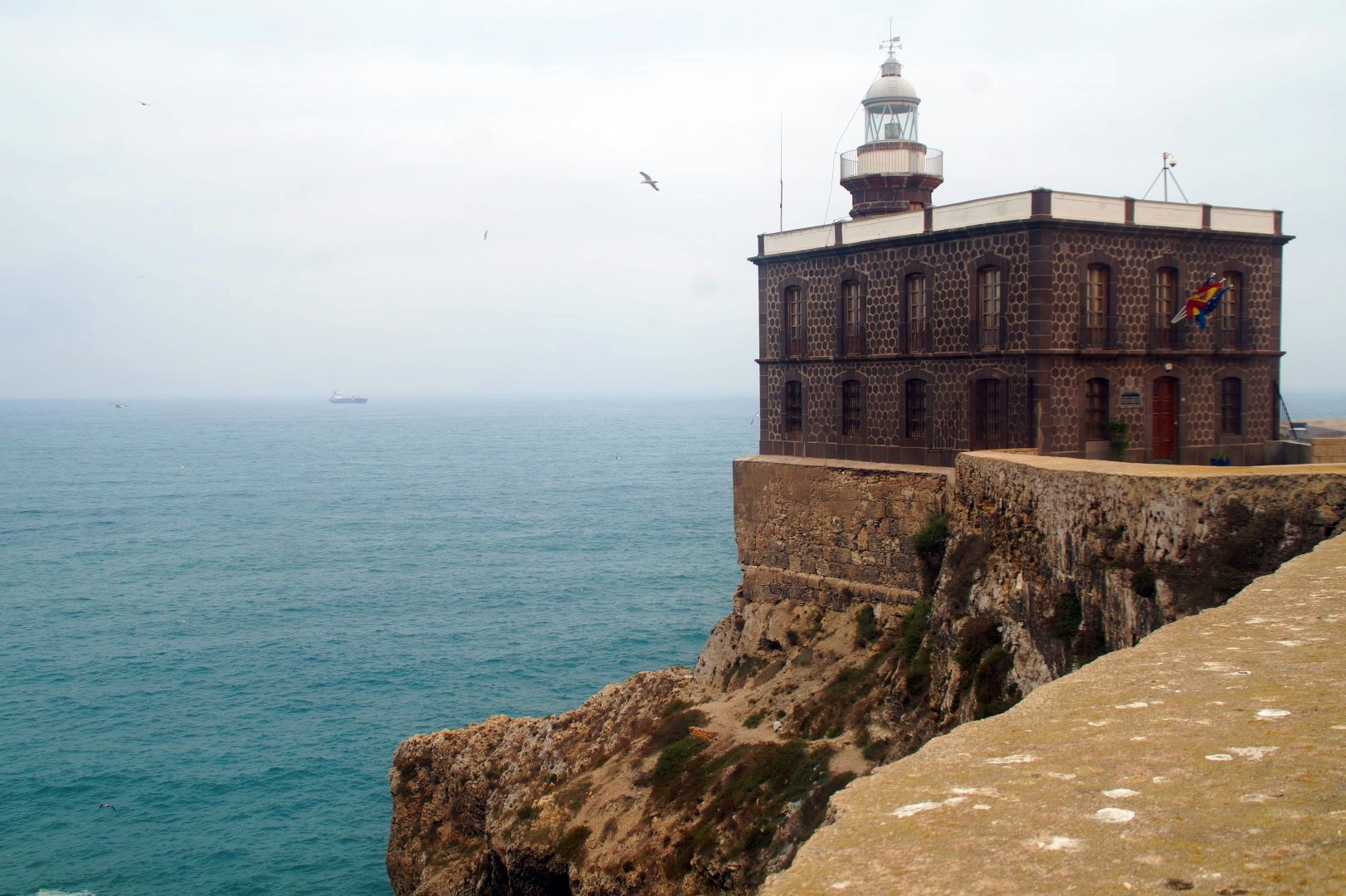
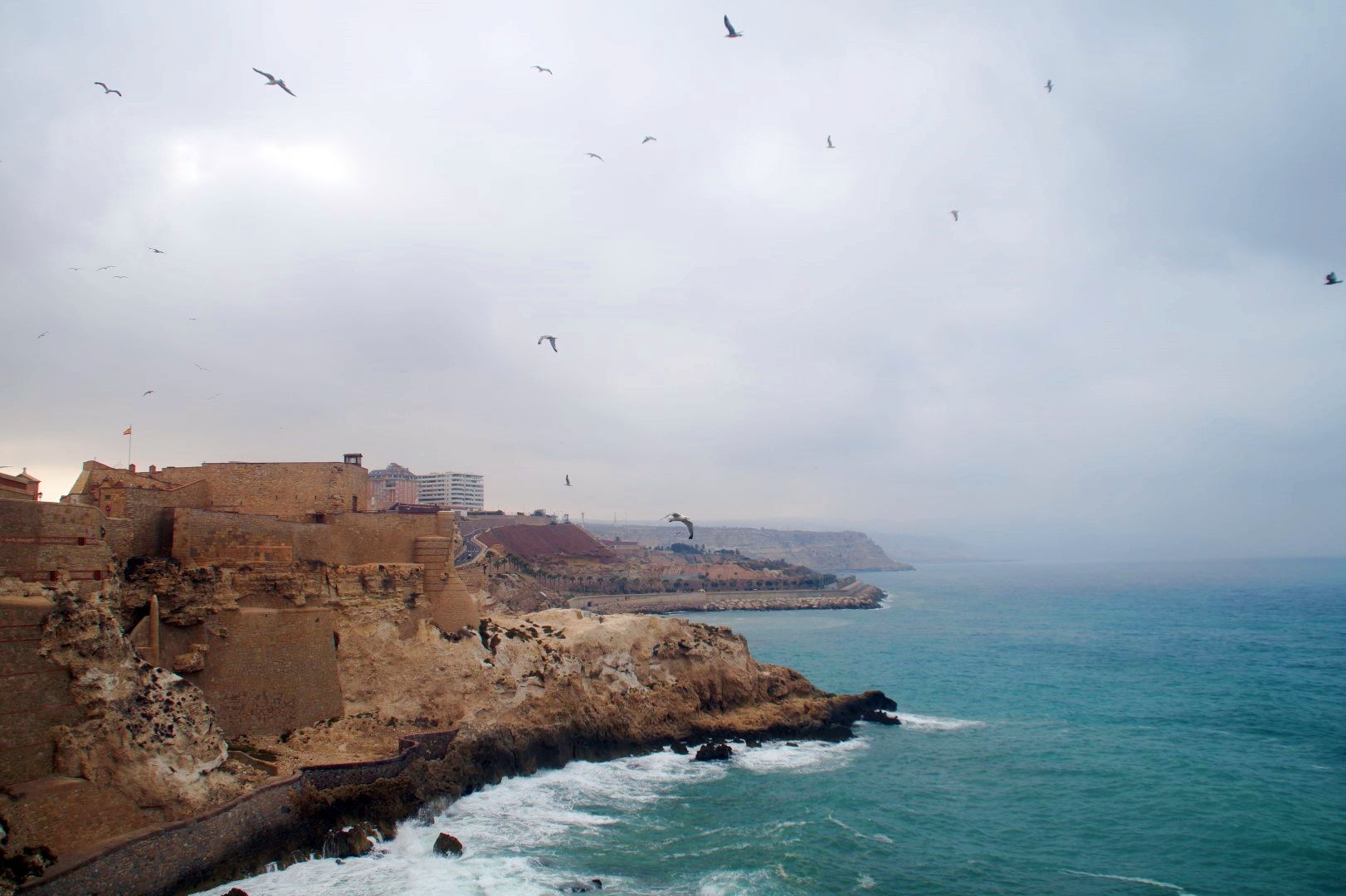
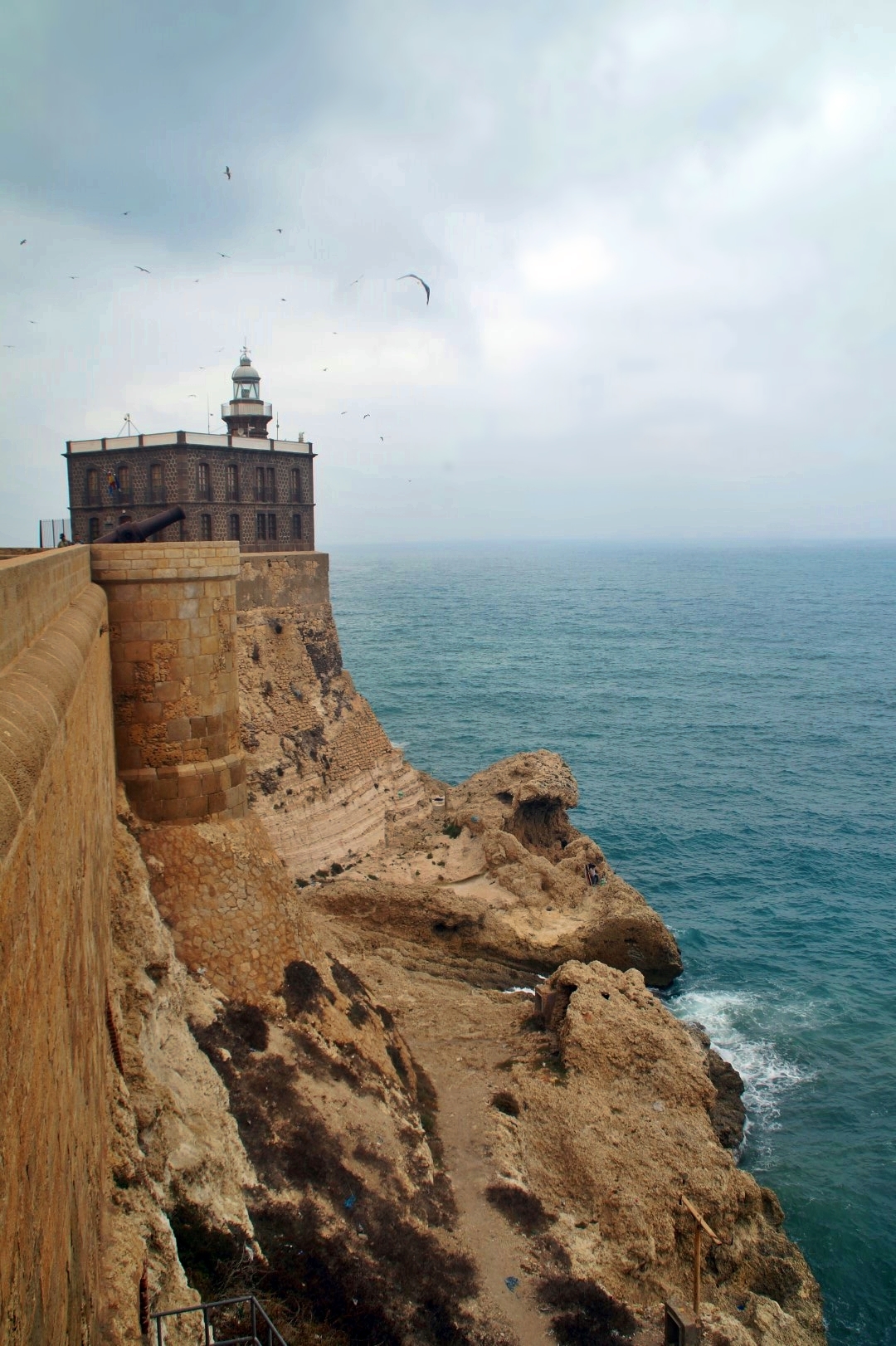
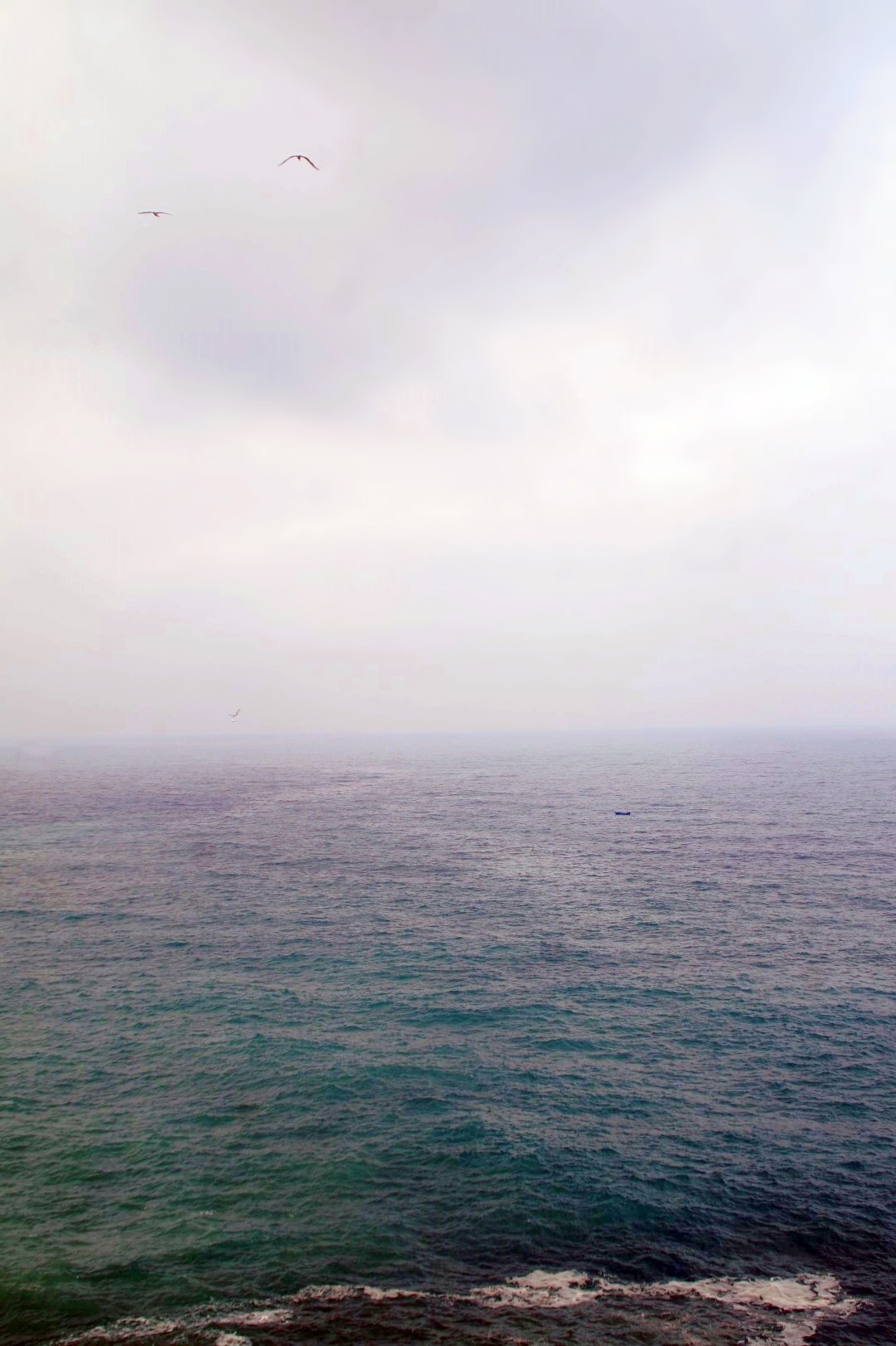
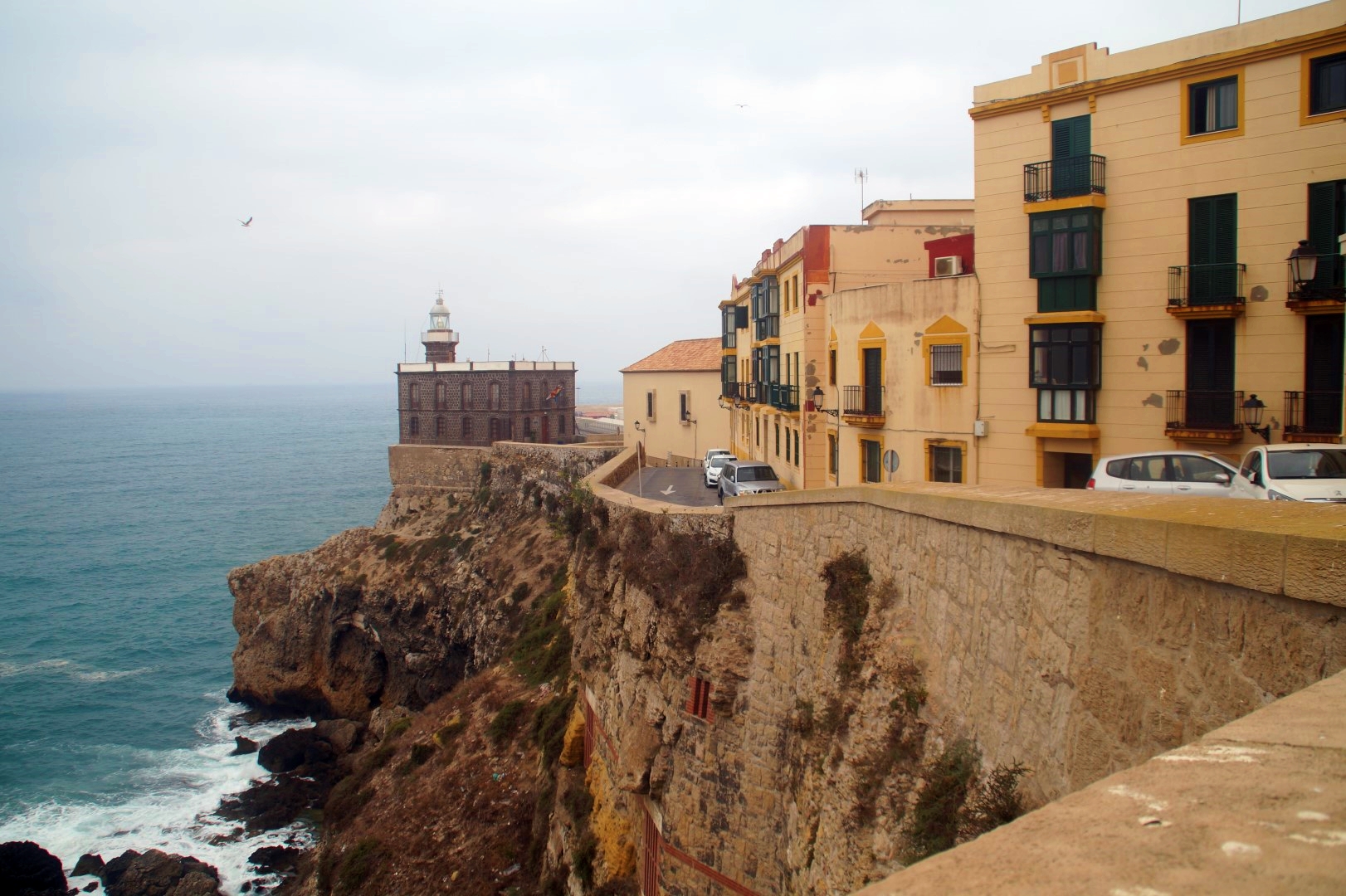
After my little lighthouse adventure, I returned to Melilla de Vieja for a bit more exploring before calling it a day. I was met by another lady who beckoned me inside a museum, which turned out to be the city’s archaeological and historical museum!
The museum from 1987 is located in a 16th-century defensive battery, giving it a unique feel. The museum has several floors which present Melilla’s history in chronological order, from prehistory and classical antiquity to the Middle Ages, the modern area and the contemporary period. It’s the perfect place to learn about the history of this rather unknown city!
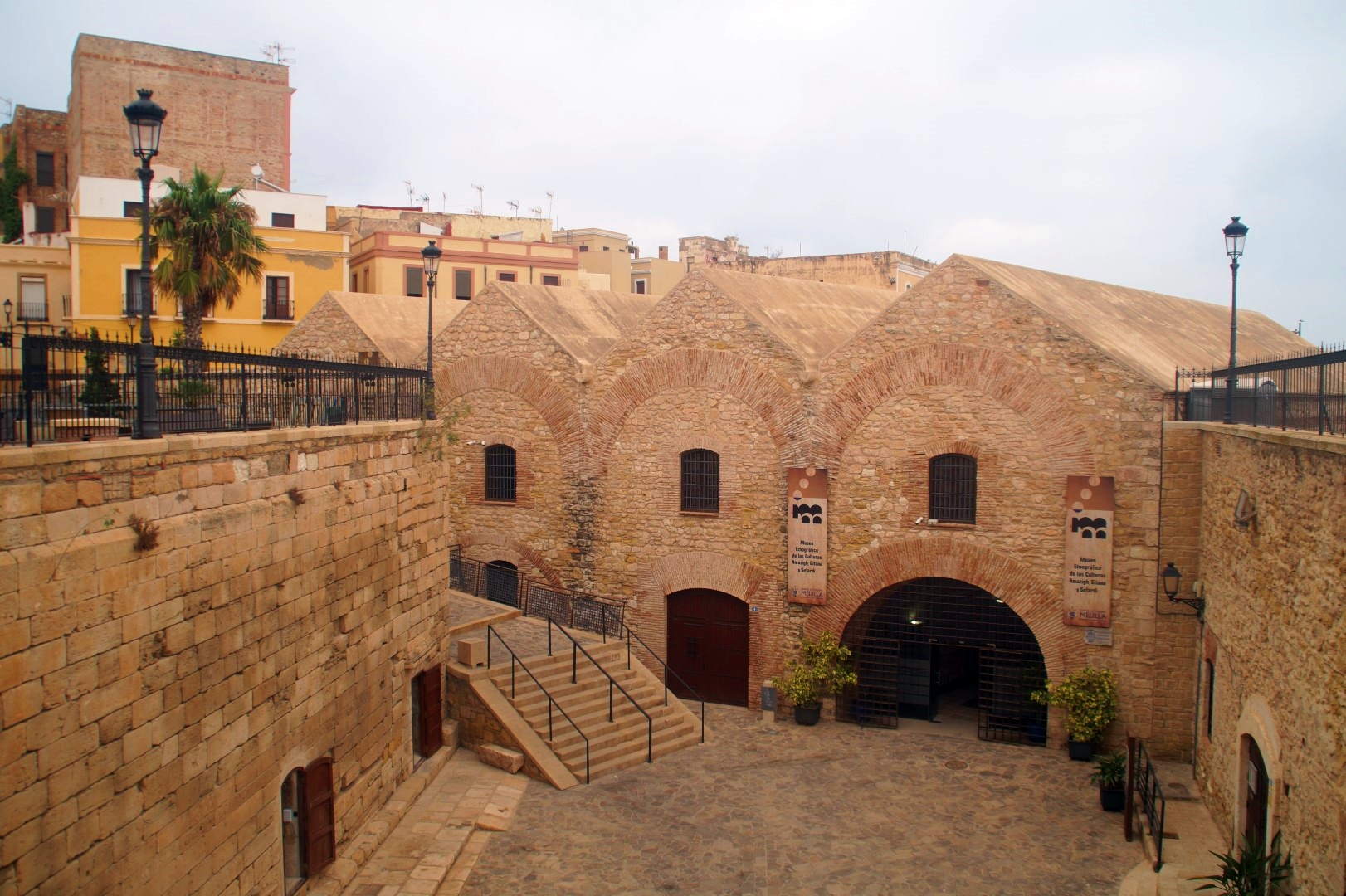
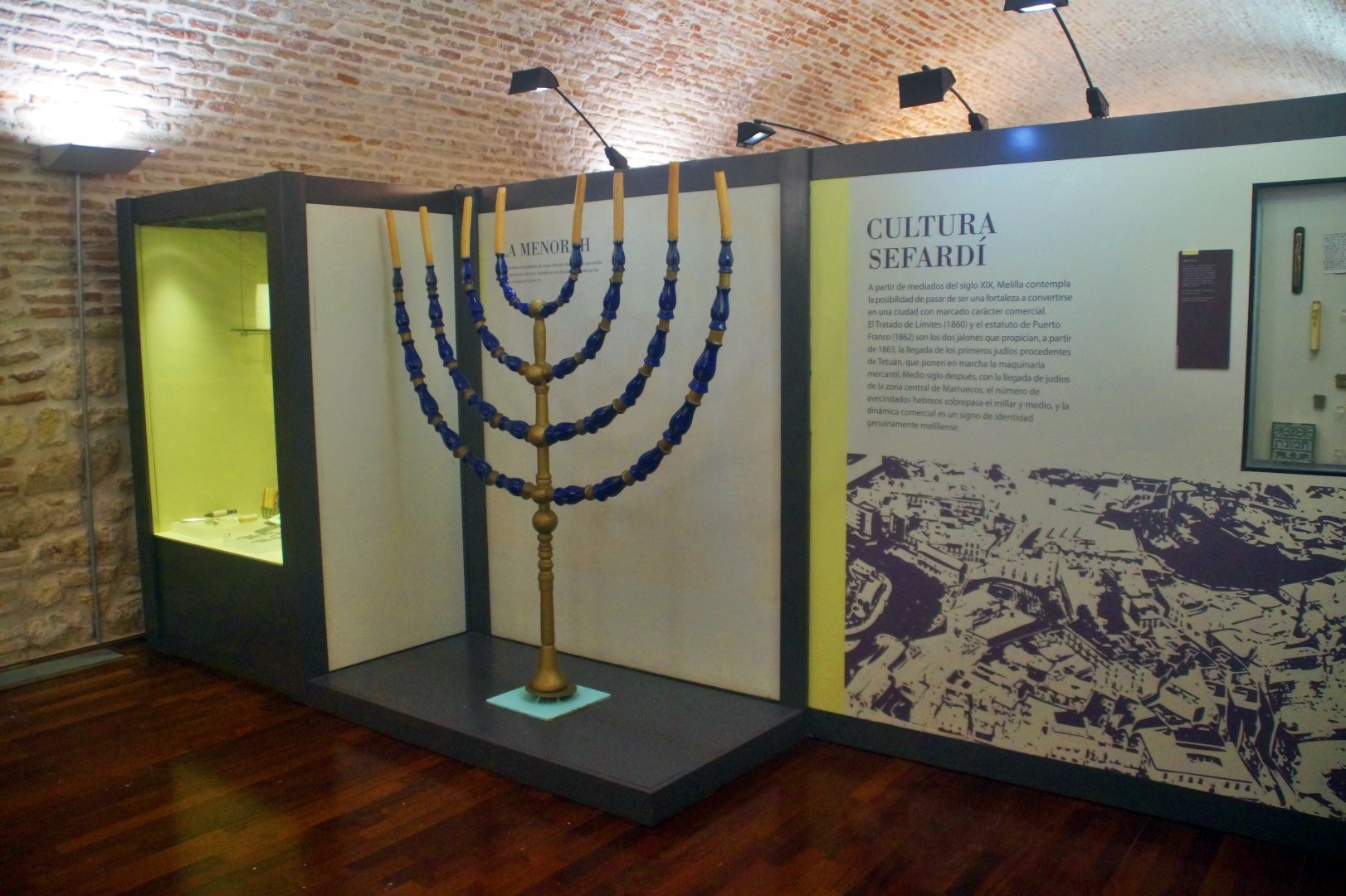
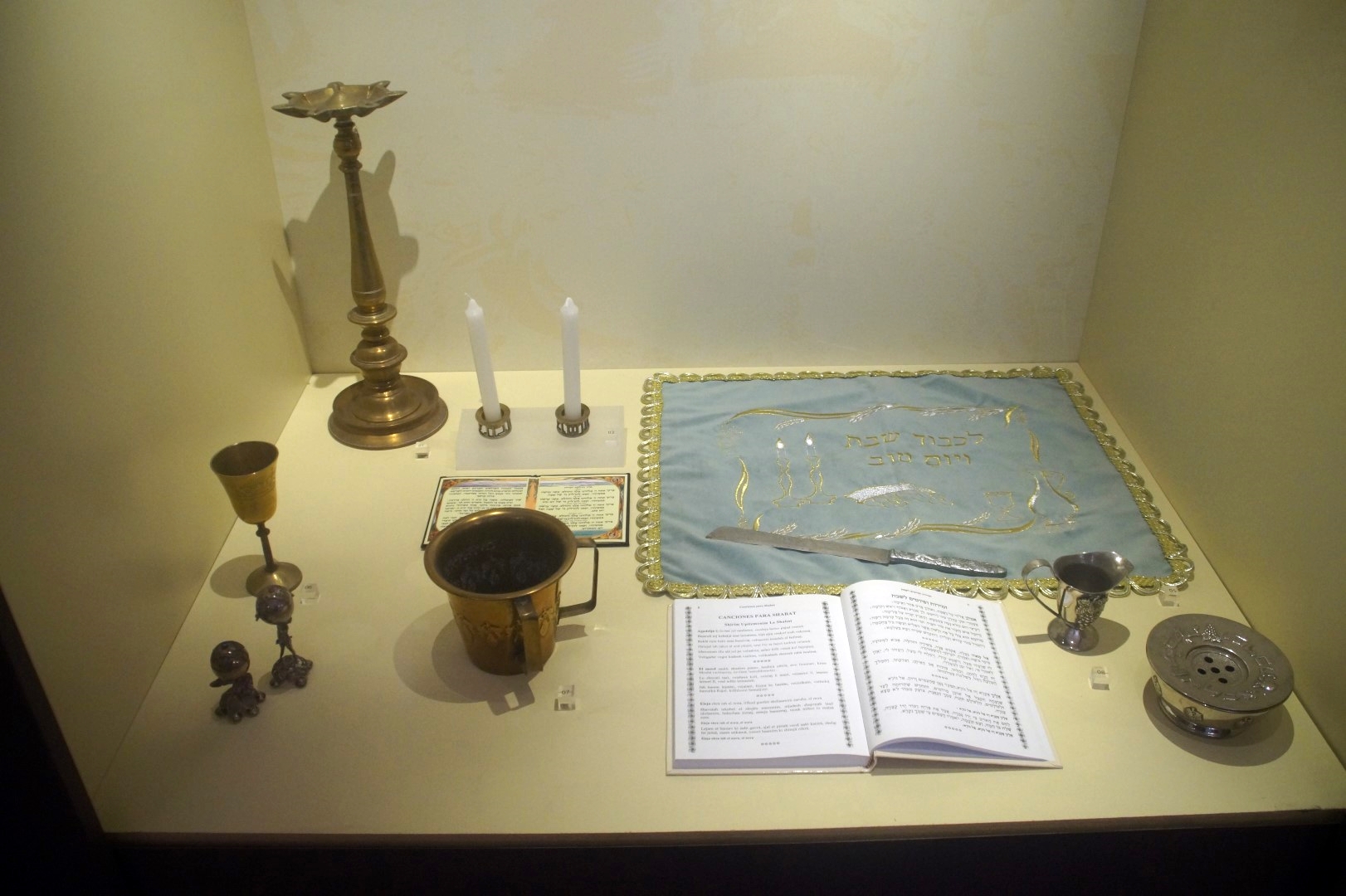
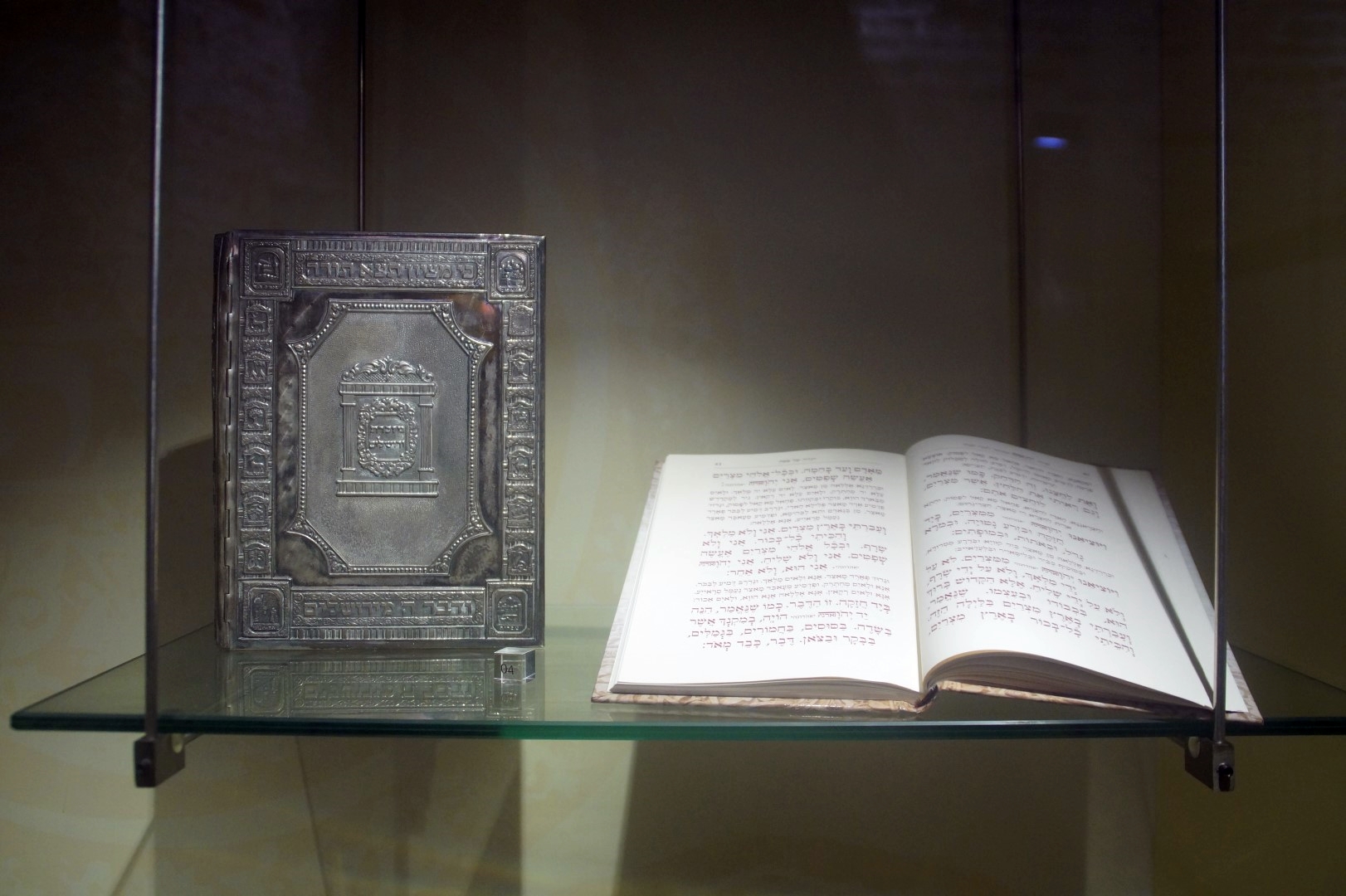
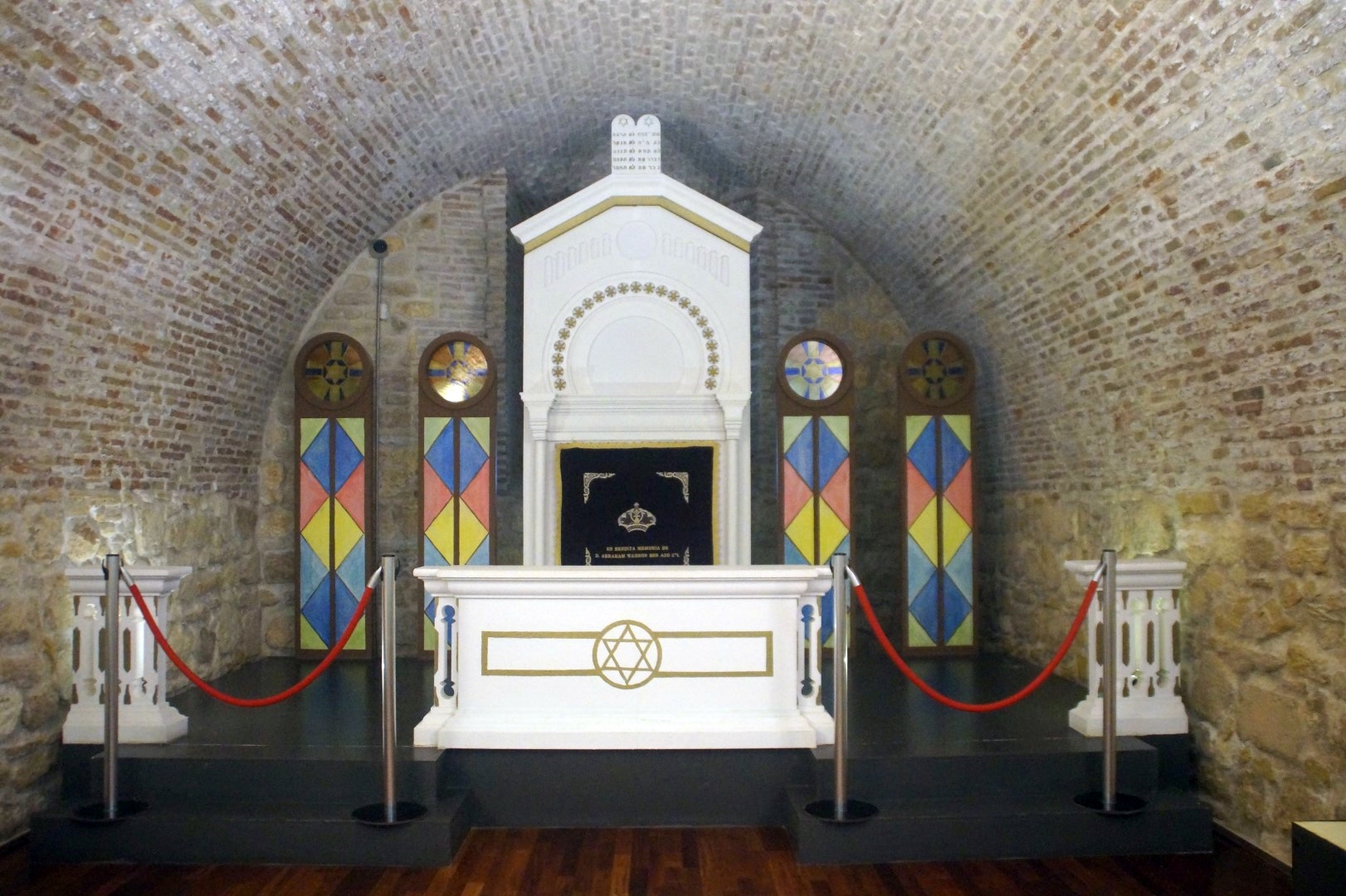
Due to the changes in my plans, I had an extra day in Melilla, which turned out to be quite necessary in order for me to fully understand the city and its geographic and political position. I had explored most of the city centre during my first day, so I decided to spend the second day hiking out to the border fence.
I took a look at the map of the exclave in order to determine where to go to see the fence, and soon spotted a fortress, Fuerte de Rostrogordo with a nearby park. I figured it would be a nice place to explore as well, so that was where I headed for the day.
The hike to the border fence was really interesting as it took me to neighbourhoods of Melilla that looked nothing like its polished city centre. I first walked to a small hill about 200 metres from the border fence. I didn’t get the beautiful nature that I was hoping for as the earth was incredibly dry and full of trash, but I did get a good view of large sections of the 11 km border fence.
Before 1999, the fence consisted of just a few rolls of barbed wire, but as EU resistance to immigration grew, a new barrier was erected. This consisted of two parallel 4 meter high razor wire fences which was monitored by 106 video cameras, infrared surveillance, a microphone cable and occasionally also helicopters and patrolling. Following an attempt by thousands of African immigrants to climb over the fences in 2005, with 700 successful attempts, a new 6 meter high razor wire fence was erected next to the two existing ones, further separating North Africa from Europe.
There have been terrible incidents of immigrants getting shot while attempting to climb the fences, and many have been seriously injured due to the razor wire. These fences are basically torture instruments, designed to keep people from people, and to keep desperate people in desperate situations while us Europeans on the lucky side of the fence live privileged, carefree lives.
Thankfully, Spain’s new interior minister has vowed to remove the razor wire fences in both Melilla and Ceuta which he has rightfully called “anti-migrant”. They will be replaced by a different material that can’t cause physical harm, although they will undoubtedly still cause mental harm. But hopefully this is the beginning of a better future for immigrants and a better future relationship between Spain and Morocco. One day, I believe that the fake borders of the world will be removed, allowing all humans to roam freely.
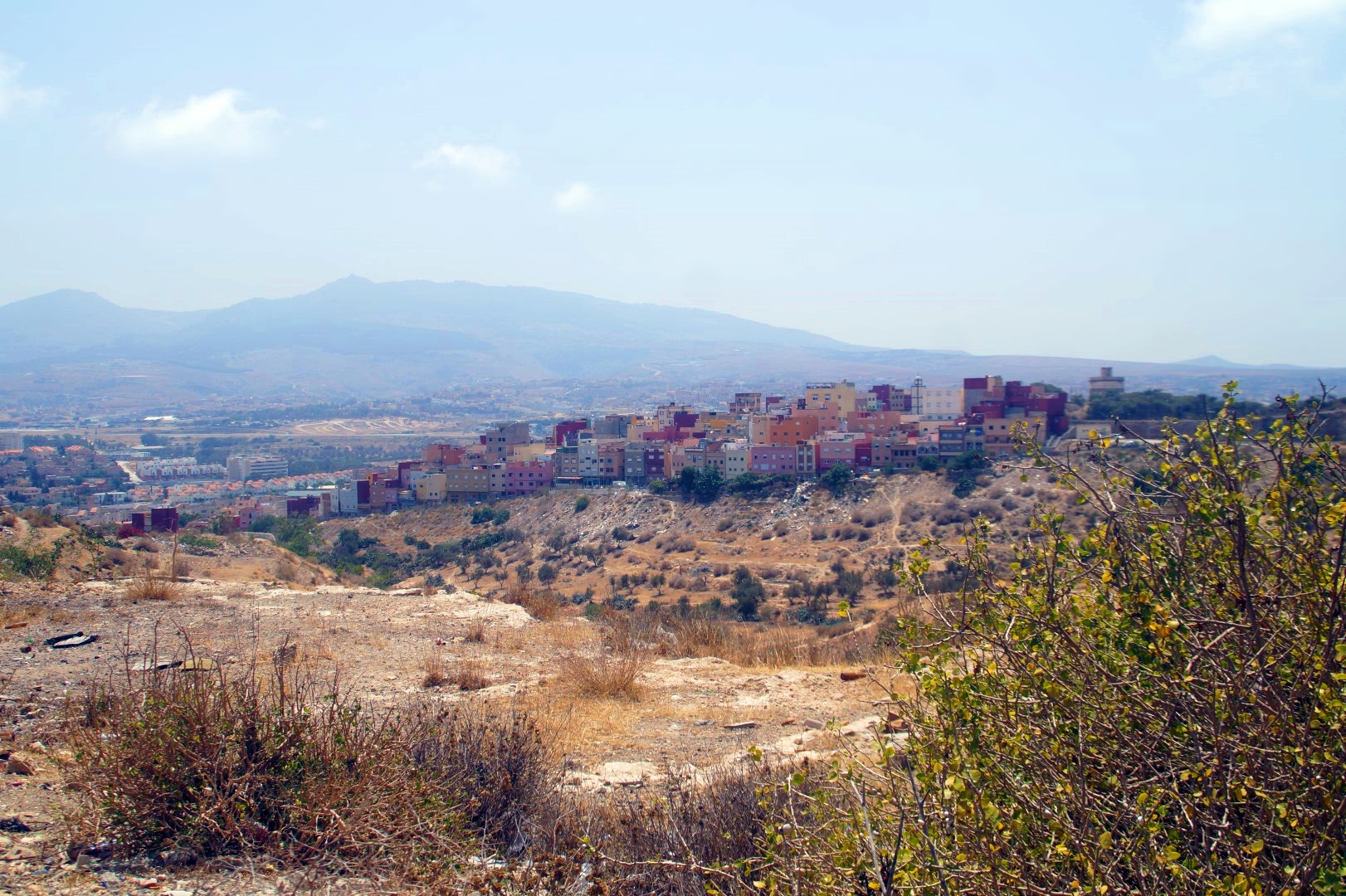
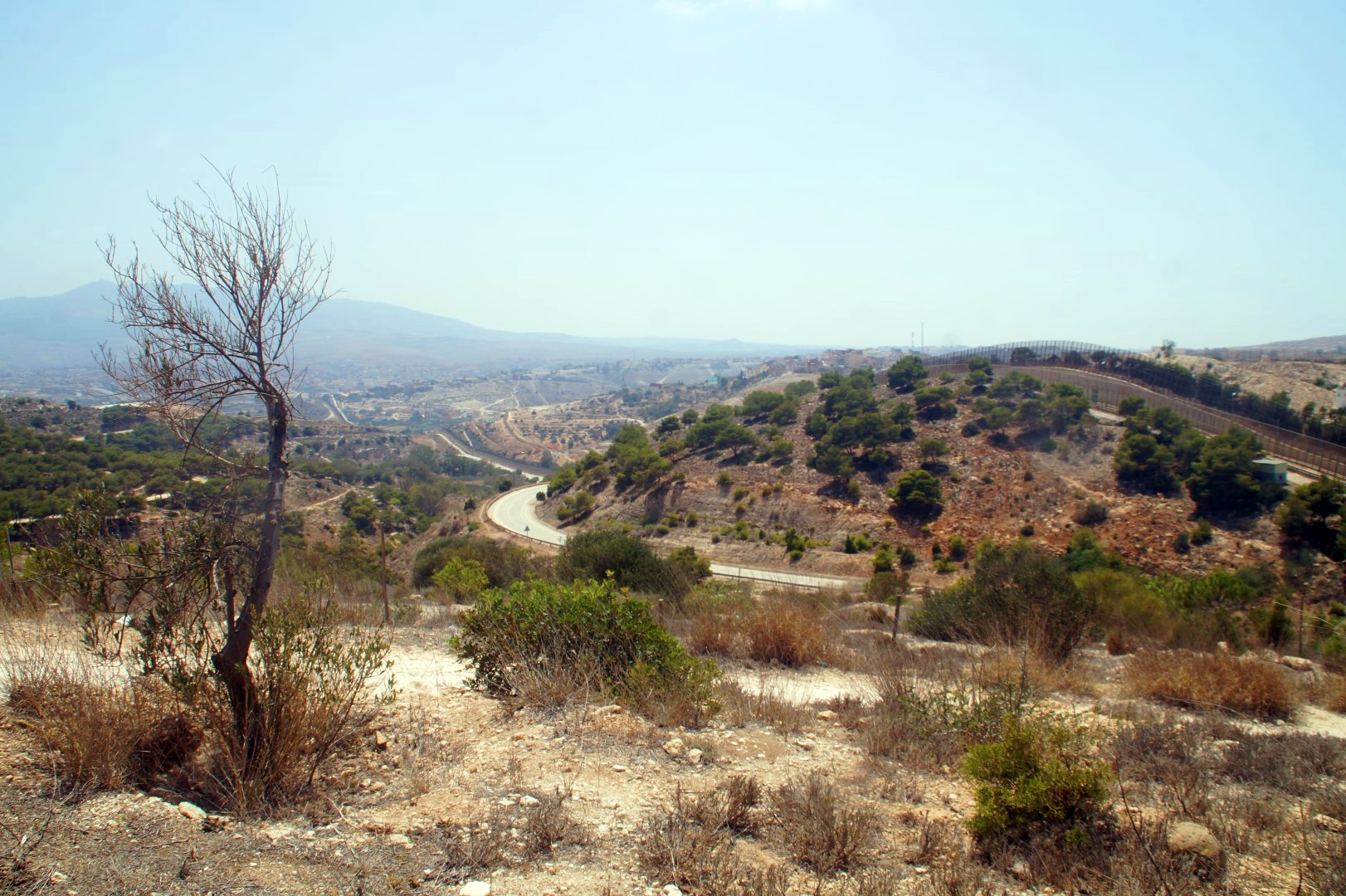
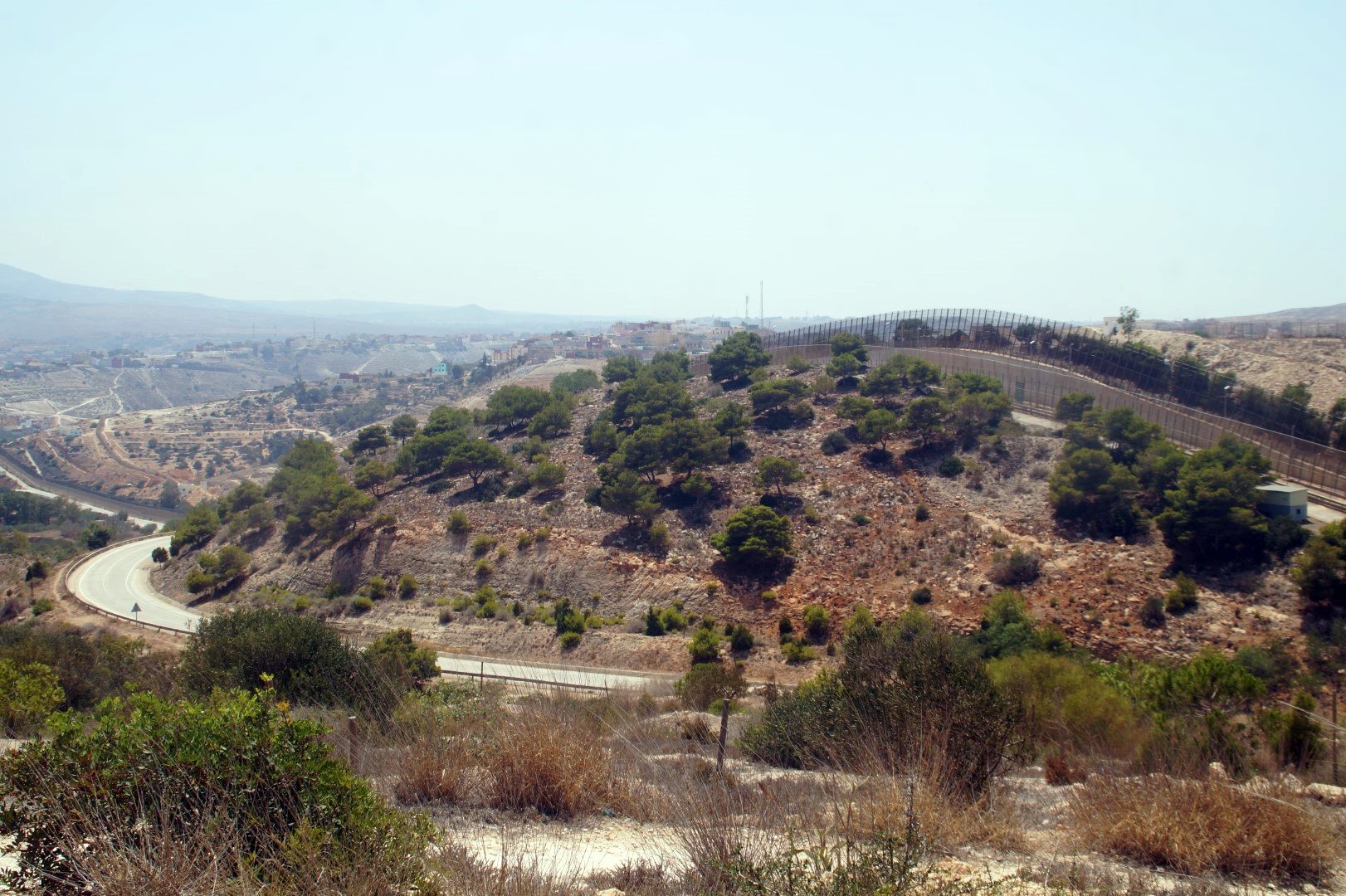
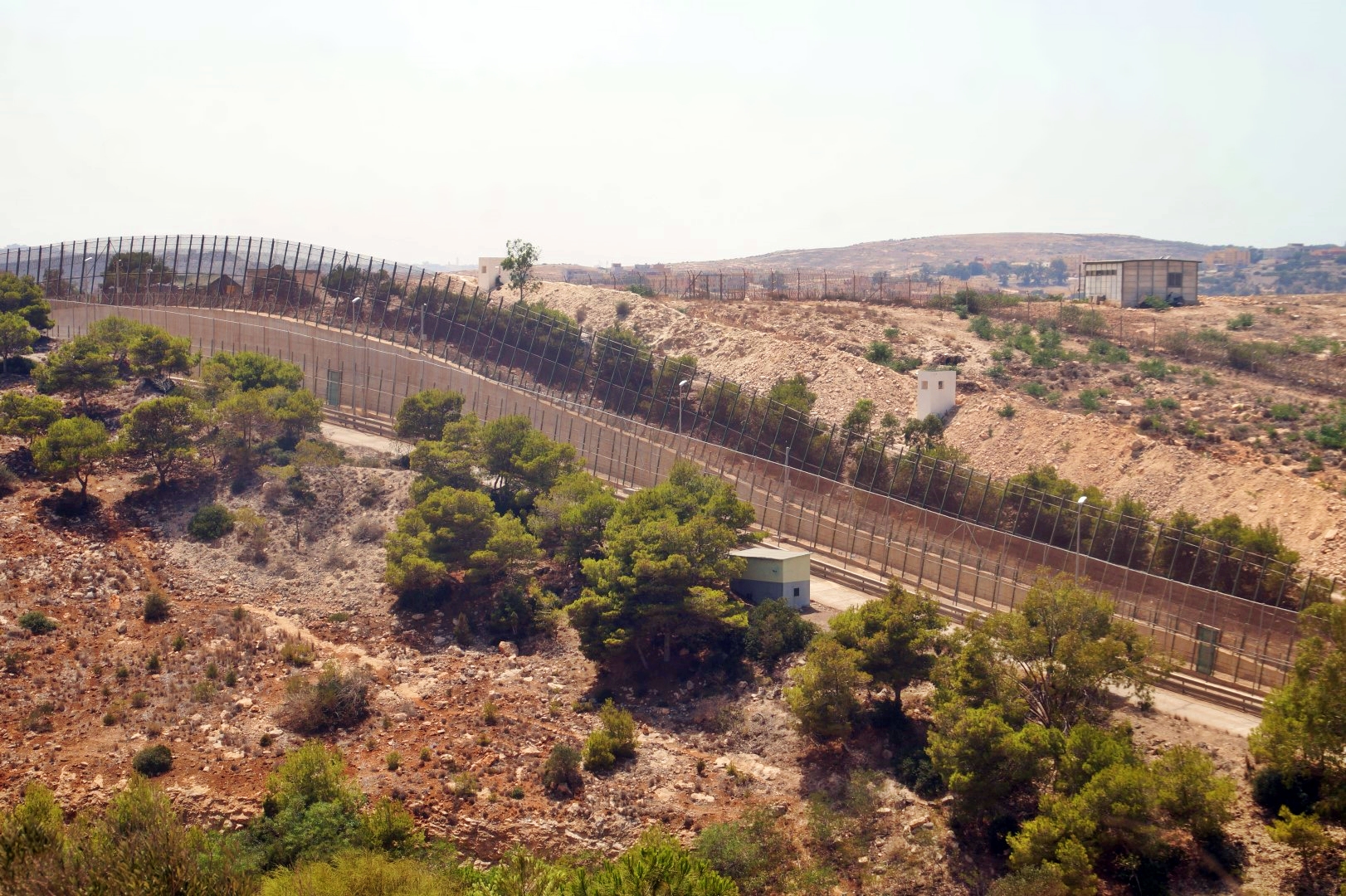
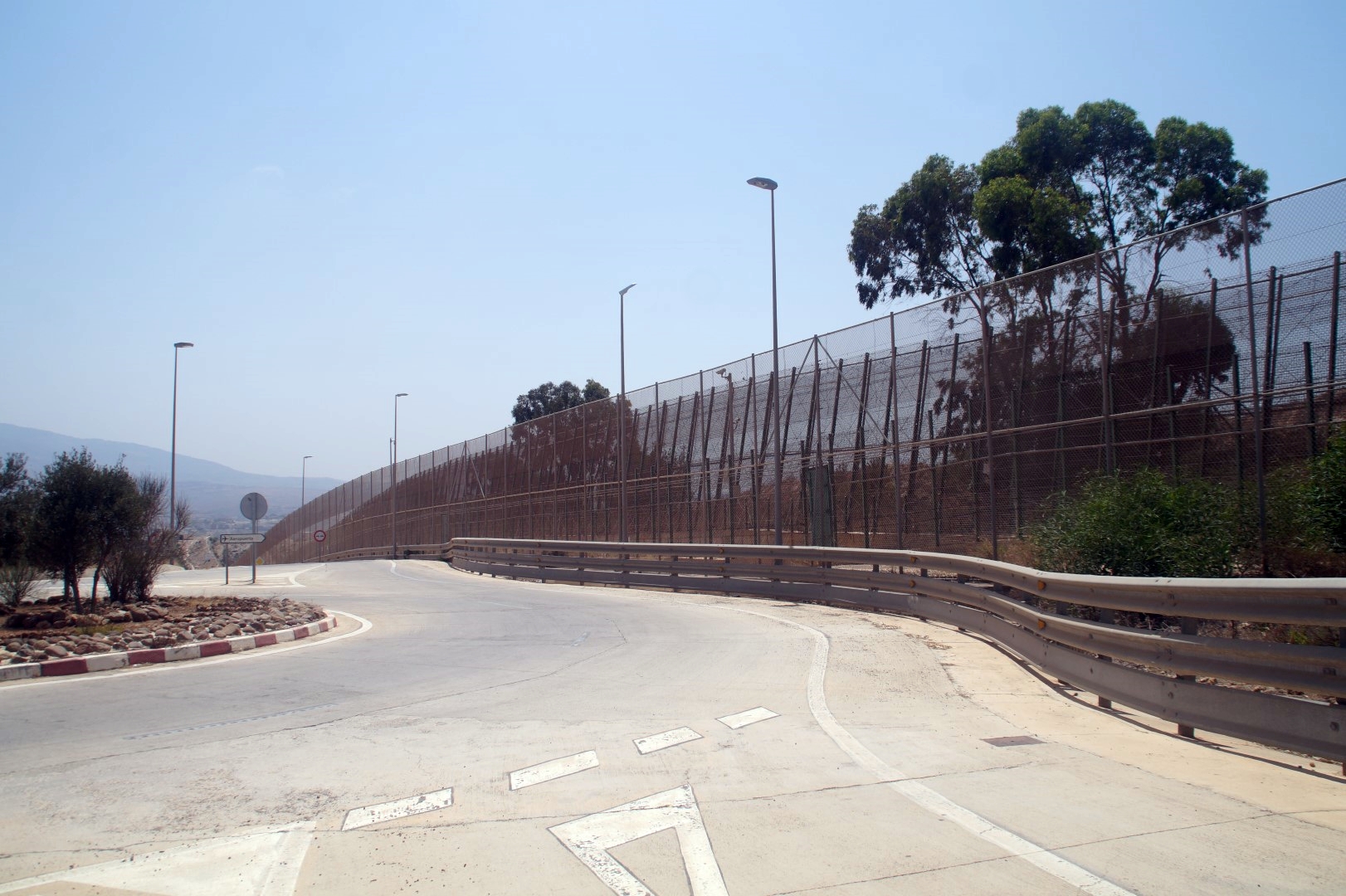
I spent a long time walking along the border fence, reflecting on the terrible political situation I was face to face with. I didn’t see anyone at the fence that day, thankfully, but seeing the fence in itself was enough to make a lasting impact on me.
When I had finally had enough, I decided to finish my hike and head to Fuerte de Rostrogodo through a dry park, where I saw something very joyful. TURTLES! I don’t think a bigger contrast to the fence exists.
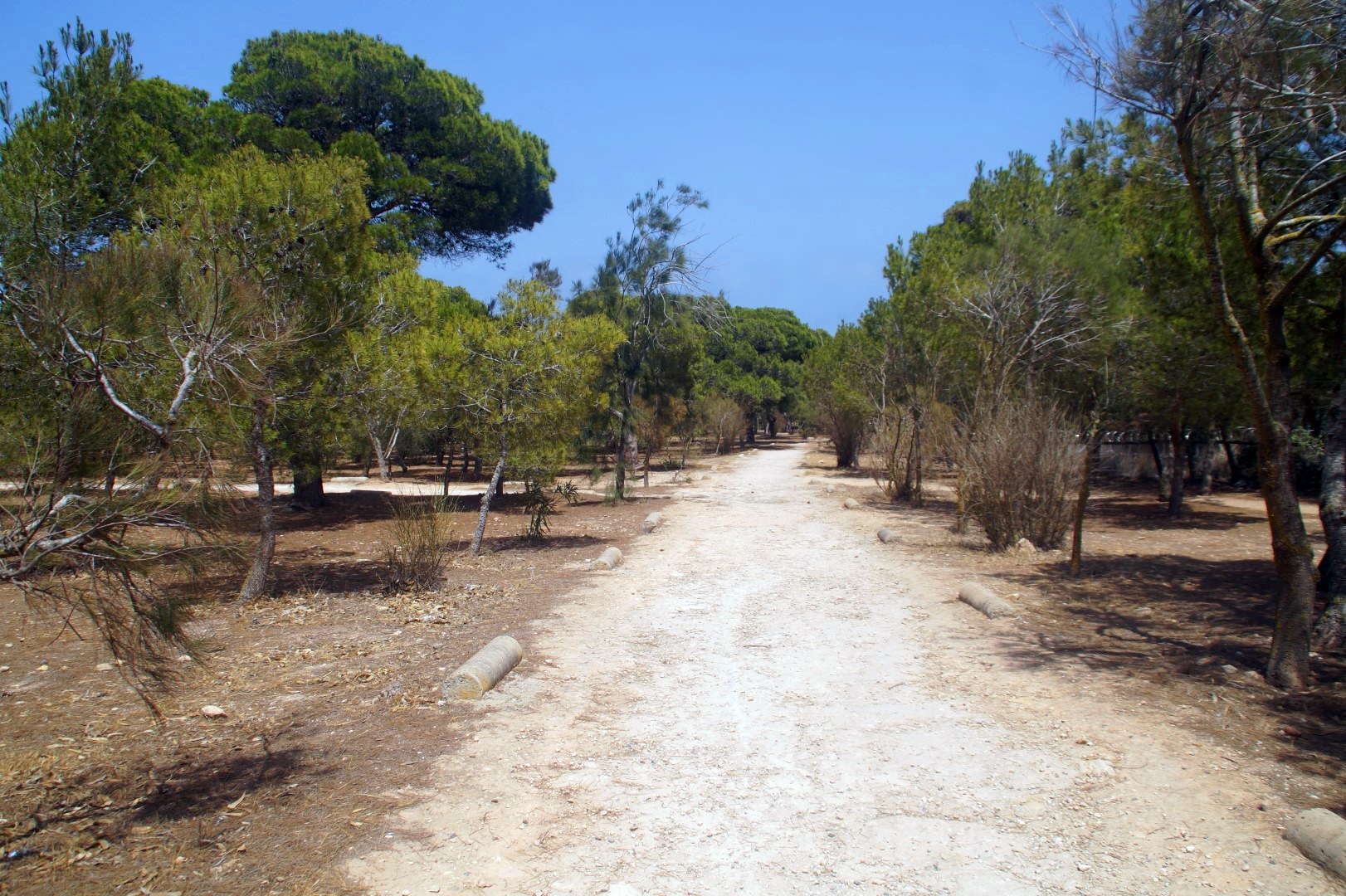
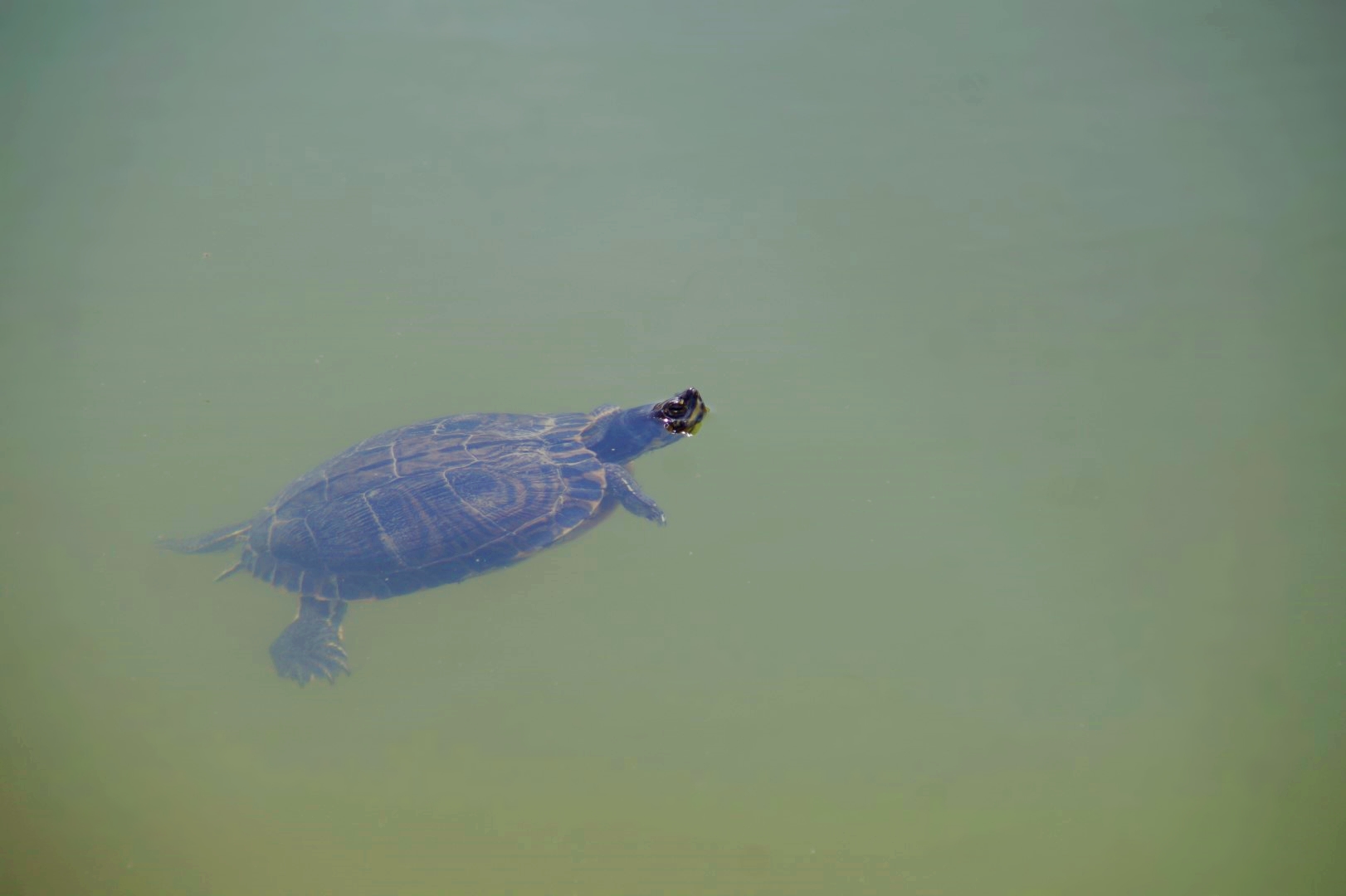
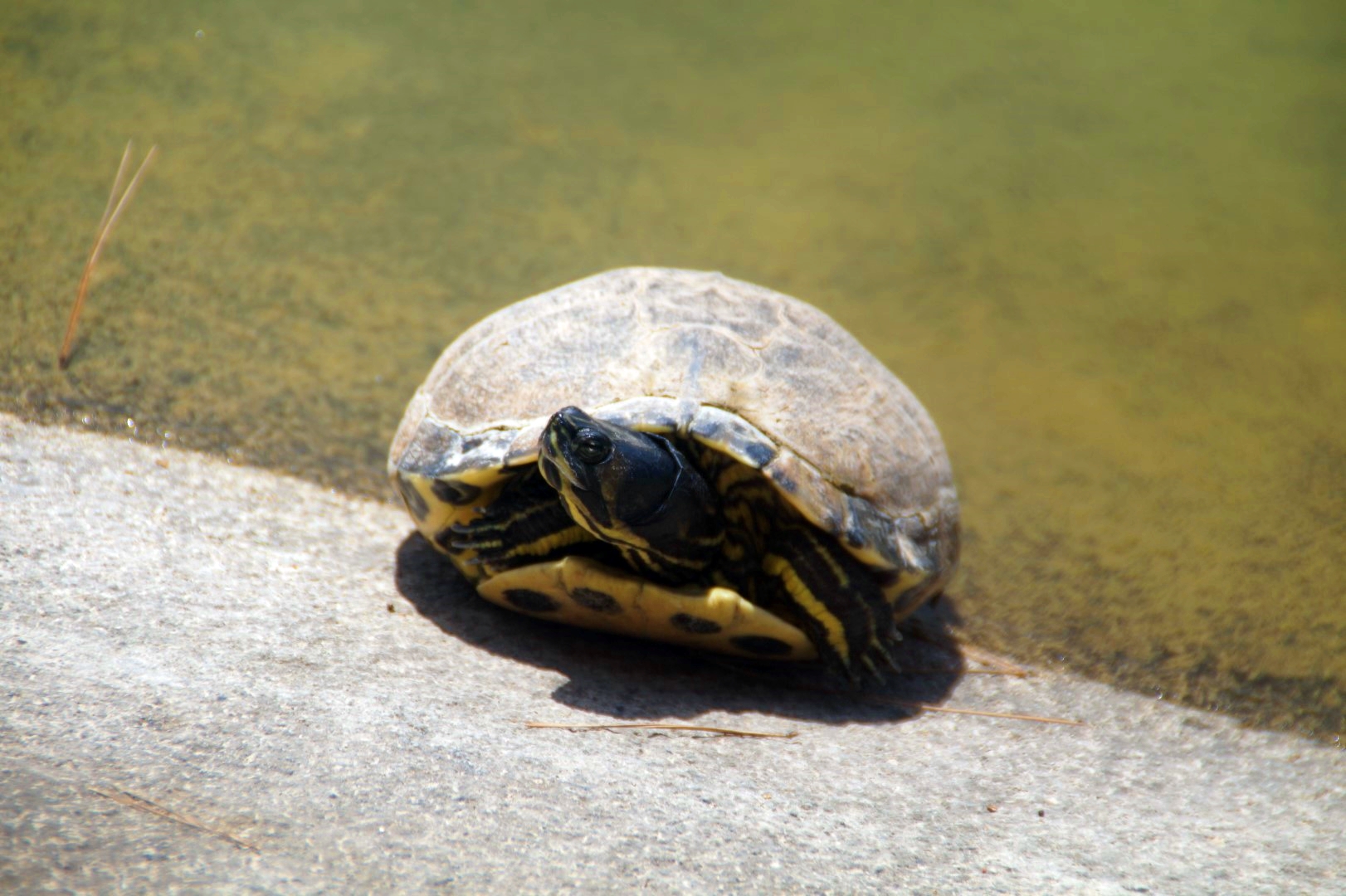
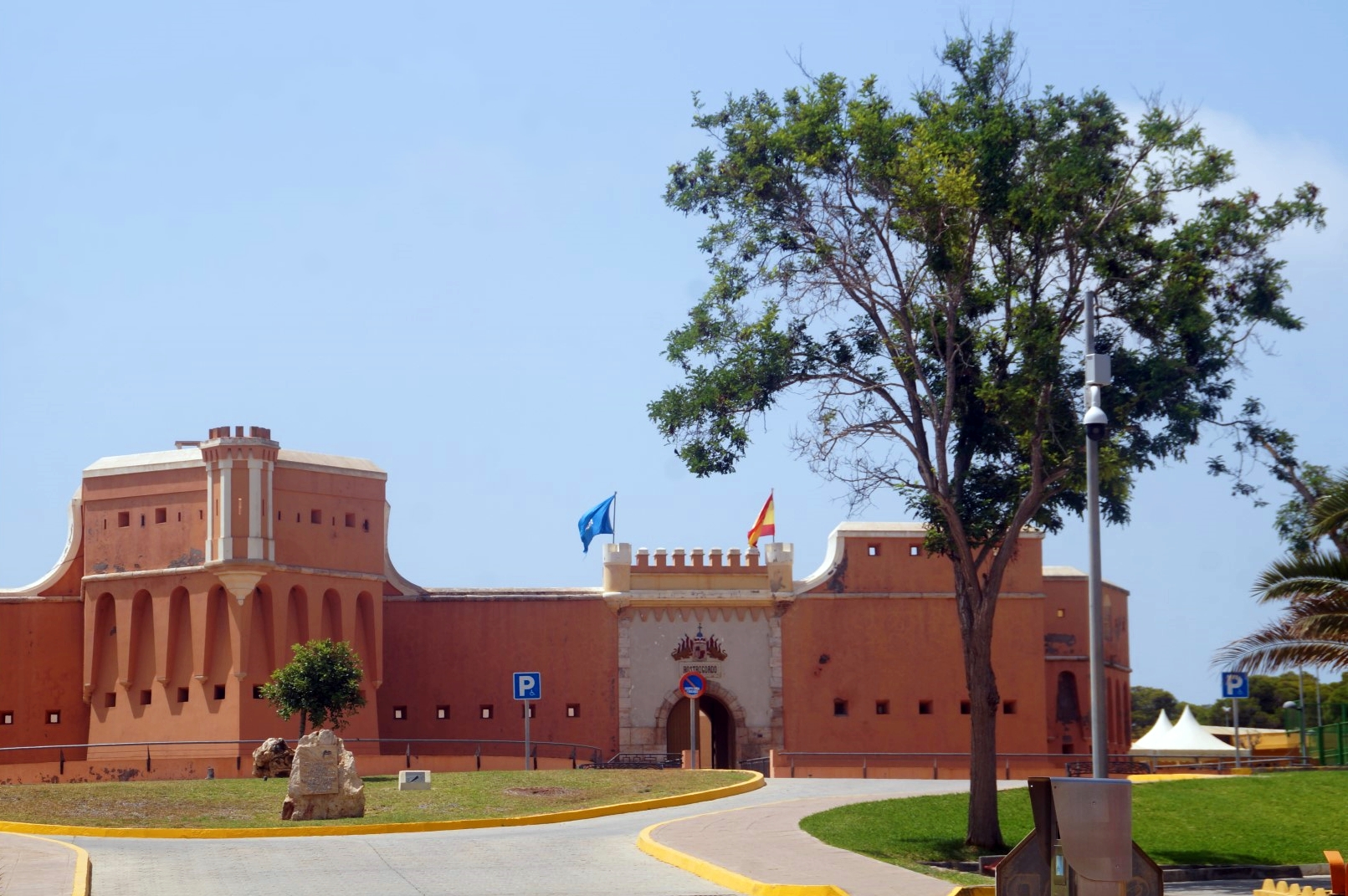
My ferry back to the Spanish mainland would depart at 11.59 PM, so I had an entire evening to kill. I spent most of it by the beach, people-watching and writing, before walking to the harbour to watch the sunset in solitude.
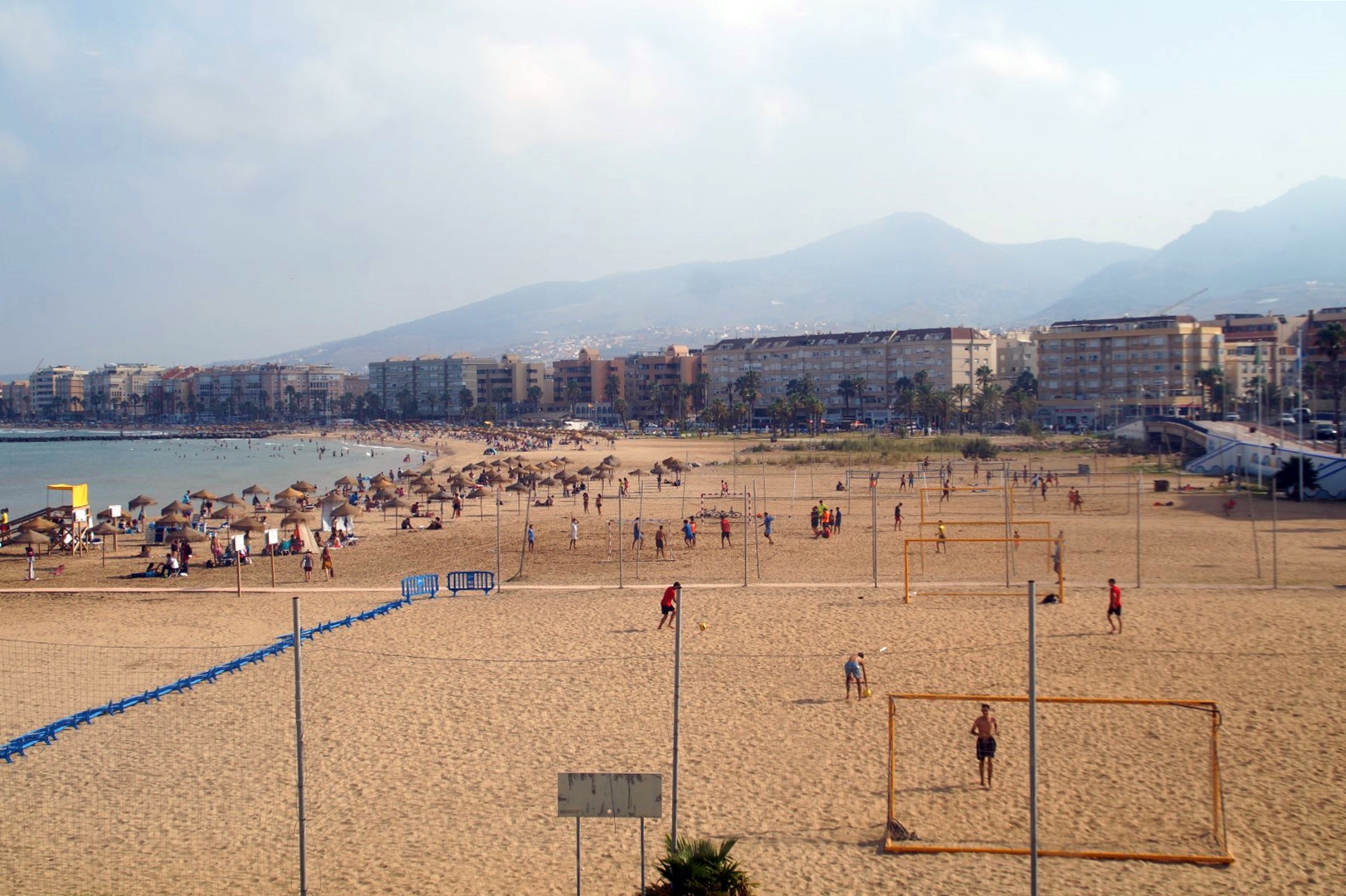
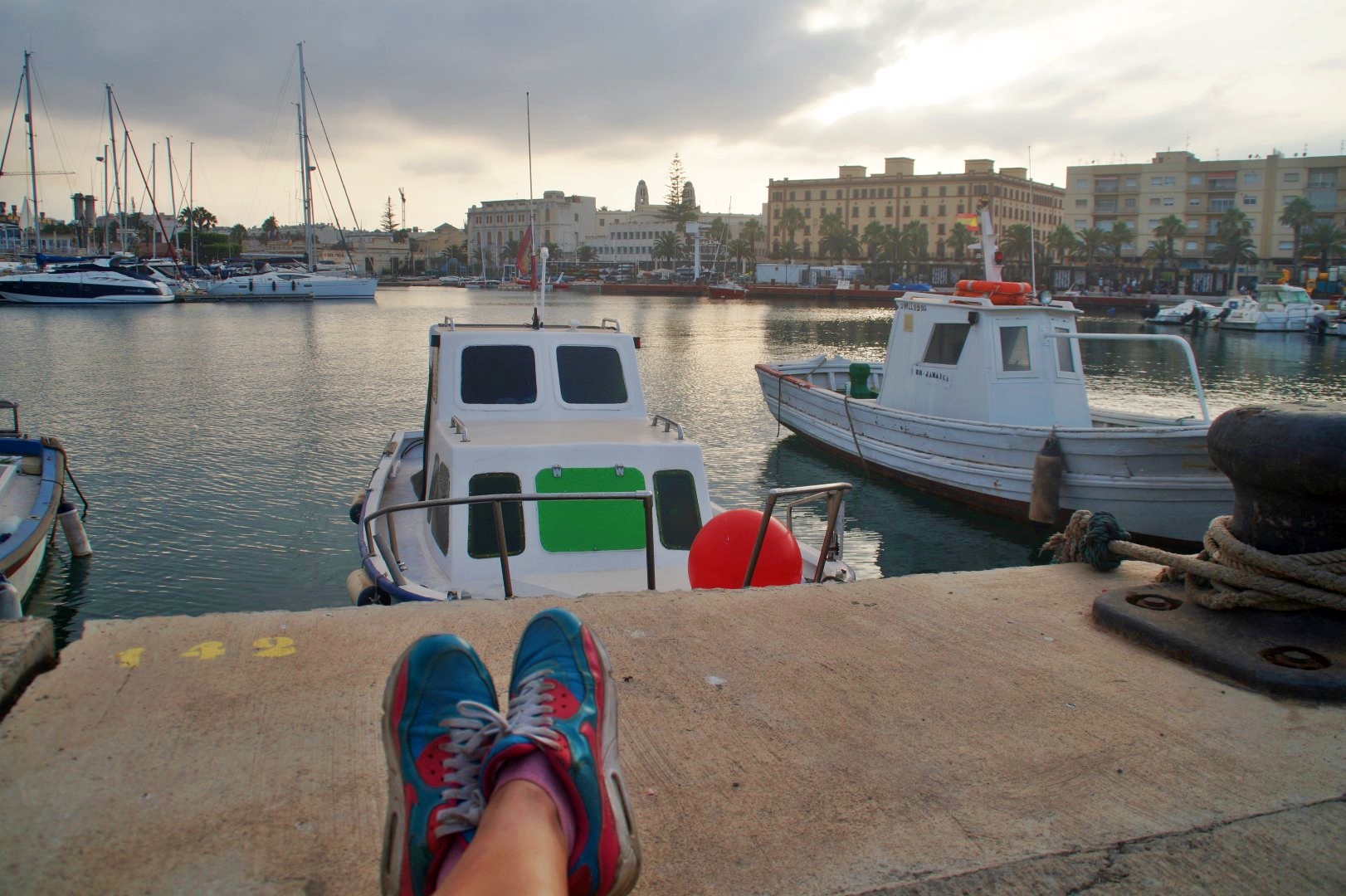
Melilla had been nothing like I expected. I ended up really enjoying my time in the city, despite how difficult it was to come face to face with the border fence. The city itself is gorgeous and is a special mix of Iberian and North African culture. It’s definitely a place I would recommend travelling to, especially if you – like I do – enjoy exploring unique and off-the-beaten-path destinations. In fact, Melilla ended up becoming my favourite destination on my entire one-month journey through Southern Europe! For its beauty, but most of all, for the learning experience.
Leave a Comment
Pingback: Romantic Córdoba: Alone in Spain’s city of love – Northtrotter on 27/01/2020
Pingback: The city of Ceuta, a piece of Spain in North Africa – Northtrotter on 27/01/2020
Pingback: My 19 favourite new destinations of 2019 – Northtrotter on 27/01/2020
Pingback: My January 2020: Moving temporarily to the Isle of Skye – Northtrotter on 27/01/2020
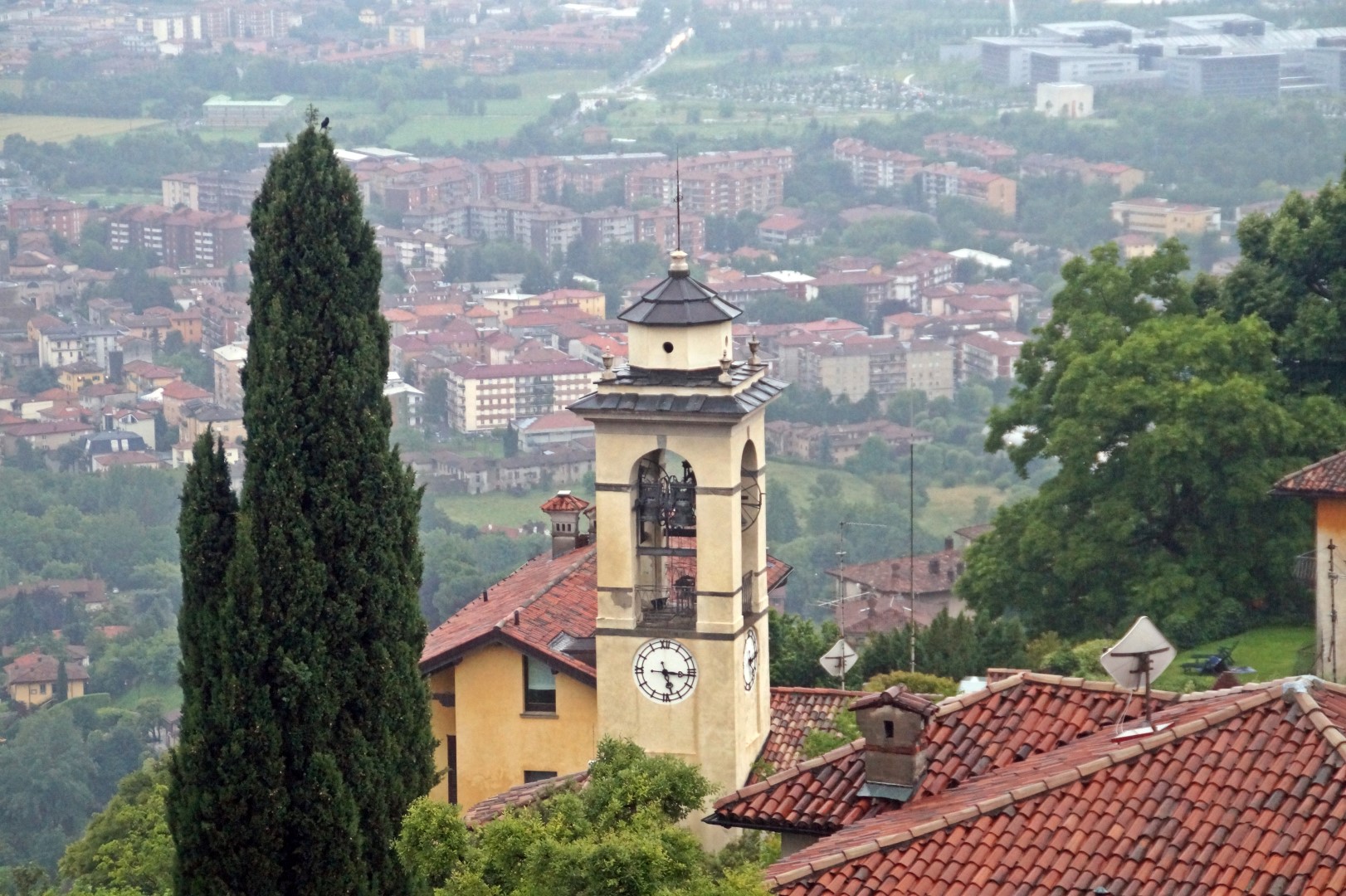
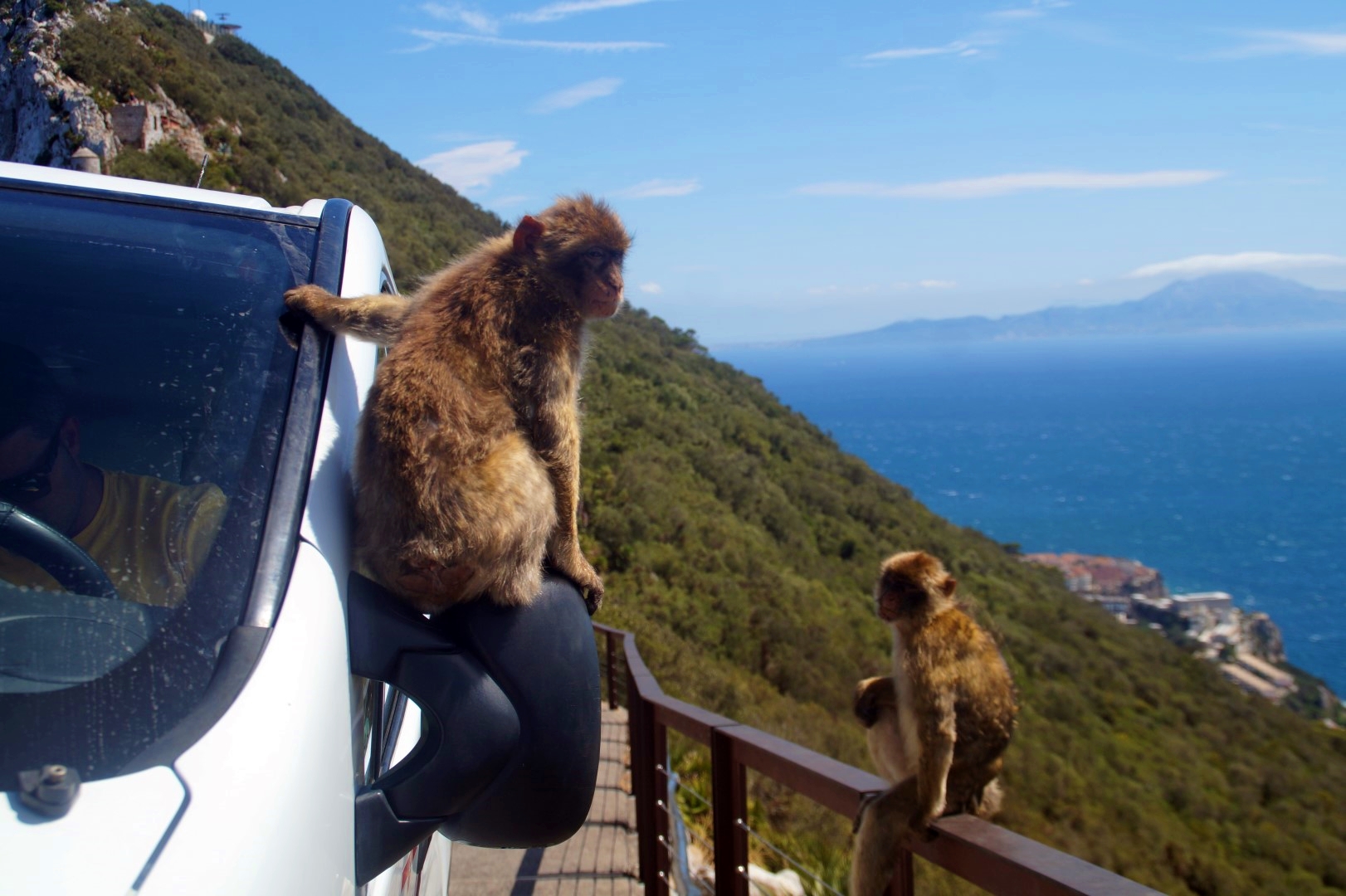
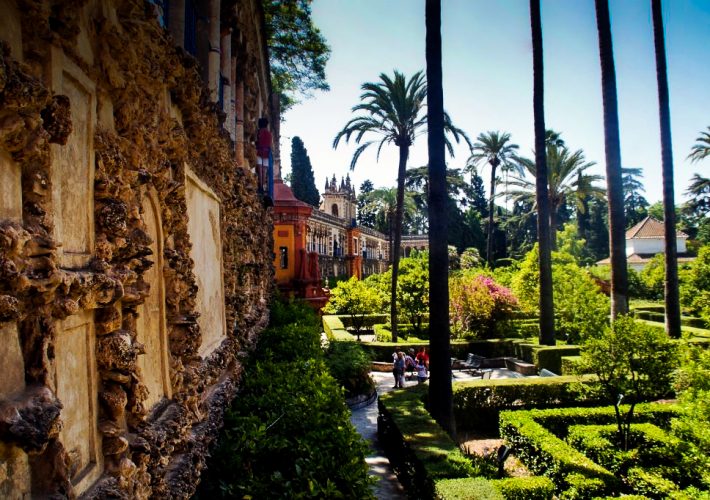

6 COMMENTS
Shaun Dorney
4 years agoLooks amazing! It has the best of both worlds – Spain and Moorish styles of buildings! Thanks for another great read Melissa I hope you include some shots of Skye in a later post.
Melilla looks like it is must for the bucket list now!
Shaun
Melissa Cherry
4 years agoThank you Shaun, I’m glad you enjoyed it! I have already written about Skye twice actually, but there are many more posts to come! 😀